Freestanding soaking tub bring elegance and comfort to bathrooms, making them a top choice for many homeowners. But beyond their stunning designs and luxurious appeal, these tubs must prove they can handle real-world use. This is where rigorous testing, like the 1500-pound load test, plays a significant role. Have you ever wondered how these beautiful tubs pass such an intense test?
Today, we will explore exactly what goes into the process, why it's essential, and how brands like Wellfor ensure their freestanding soaking tubs meet and exceed these high standards.
Why Load Testing Matters for Freestanding Soaking Tubs
You might assume the purpose of a soaking tub is simple—to hold water and provide a relaxing bath. However, when we look closer, the tub must endure much more than splashes. Consider this:
· A filled tub can weigh hundreds of pounds on its own.
· Add the weight of an adult (or two), and the total load skyrockets.
· Over time, repeated use can strain the structure if it's not built correctly.
This is where load testing comes in. It ensures the freestanding soaking tub is durable enough to handle all this weight without cracking, buckling, or shifting on its base. The goal? To give you peace of mind that your tub is safe, sturdy, and built to last.
What is a 1500-lb Load Test?
The 1500-pound load test is a performance benchmark that mimics extreme real-world scenarios. Manufacturers like Wellfor conduct this test to guarantee their products meet the highest quality and safety standards.
Here's how it works:
Simulated Weight Distribution
The test applies an evenly distributed 1500-pound load across the tub's surface. This weight replicates that of heavy water, bathers, and any additional strain during installation or use.
Testing Stability and Base Strength
The test evaluates the structural integrity of the base, which is the foundation of the tub. A sturdy base ensures the tub doesn't tilt, shift, or wobble under pressure.
Examining the Tub Walls for Stress Resistance
The sidewalls are tested for their ability to withstand the weight from inside and out. This step ensures the material won't develop cracks or deform over time.
Long-Term Durability
Some load tests include repetition cycles to simulate years of short-term usage. This ensures that the tub not only holds weight but maintains its condition over its lifespan.

Materials that Help Freestanding Tubs Pass Load Tests
Not all freestanding soaking tubs are created equal. The materials and craftsmanship used can significantly affect their ability to pass rigorous tests like the 1500 load test.
1. Acrylic Tubs
Acrylic is a lightweight yet durable material commonly used in freestanding soaking tubs. It's reinforced with fiberglass or resin to provide added strength, ensuring the tub holds its shape even under extreme loads.
Advantages of Acrylic:
· Lightweight for easy installation.
· Resistant to scratches and fading.
· Allows for a variety of designs and sizes.
2. Cast Iron Tubs
Cast iron tubs are prized for their strength and durability. These heavy-duty tubs are coated with enamel, adding appeal and longevity. Their weight alone can support higher capacities, making them ideal for load-bearing challenges.
Advantages of Cast Iron:
· Extremely strong and reliable.
· Resistant to chipping, cracking, and scratching.
· Timeless, classic appearance.
3. Stone or Solid-Surface Tubs
Tubs made of natural stone or composite solid surfaces are often the epitome of luxury. These materials are visually striking and highly durable, making them excellent candidates for passing high-load tests.
Advantages of Stone or Solid-Surface Tubs:
· Superior strength for heavy loads.
· Unique, luxurious designs.
· Heat retention properties that enhance the soaking experience.
At Wellfor, special attention is paid to the selection of materials to ensure every tub balances beauty and strength, meeting the demands of rigorous testing while offering sleek designs.
Wellfor's Approach to Load Testing Freestanding Tubs
What sets Wellfor apart in the competitive world of freestanding soaking tubs? It's a commitment to quality, craftsmanship, and customer satisfaction. Here's how the company ensures its tubs exceed expectations:
1. Engineering Excellence
Each Wellfor tub is designed with load-bearing capacity and user safety in mind. The engineering process involves computer-aided designs (CAD) that simulate potential stress points before the tub reaches production.
2. Rigorous Quality Control
Once a tub is manufactured, it undergoes a battery of tests, including the 1500-lb load test. This ensures every unit passes real-world stress conditions before it hits the market.
3. Material Innovation
Wellfor uses only premium materials, such as reinforced acrylic and precision-molded bases, to provide stability and resilience. These materials are specifically chosen to resist deformation, cracking, and any signs of wear and tear.
4. Industry Certificates and Standards
All Wellfor products comply with regulatory standards in the United States, proving their commitment to safety and quality. These certifications also assure customers that their purchase meets the highest industry benchmarks.
5. Customer-Centric Philosophy
Wellfor is known for listening to customer feedback, tweaking designs, and consistently improving its products. This ensures every freestanding soaking tub not only passes load tests but also meets real users' needs.
Key Benefits of Load-Tested Freestanding Tubs
Investing in a properly tested freestanding soaking tub, like one from Wellfor, has several advantages that go beyond aesthetics:
· Safety: A load-tested tub minimizes the risk of accidents caused by structural failure.
· Durability: High-quality materials ensure the tub will maintain its form and function for years.
· Peace of Mind: Knowing your tub has been rigorously tested allows you to relax and enjoy it without worry.
· Better Investment: A durable tub reduces long-term repair or replacement costs.
Factors You Should Consider When Buying a Freestanding Tub
If you're shopping for a freestanding soaking tub, make sure to keep these factors in mind:
Material
Opt for materials that are sturdy yet easy to maintain, such as reinforced acrylic or cast iron.
Weight
Check whether the tub's weight is manageable and compatible with your bathroom floor's load-bearing capacity.
Dimensions
Consider the tub's length, width, and height to ensure it fits comfortably in your space.
Base Design
Look for tubs with strong, stable bases that prevent tipping or shifting over time.
Brand Reputation
Trusted brands like Wellfor give you confidence in the quality and durability of your tub.
A Luxurious Bath Backed by Strength
While freestanding soaking tubs add charm and sophistication to your home, their structural integrity makes them a worthwhile investment. Rigorous testing, like the 1500-lb load test, ensures these tubs look good and perform exceptionally well in real-life scenarios.
Brands like Wellfor combine expert engineering, innovative materials, and thoughtful design to create tubs that excel in form and function. The next time you step into your freestanding soaking tub, you can rest assured it's been built to handle the weight of luxury—and then some.
Whether you're remodeling your bathroom or planning a spa-like escape in your home, remember the importance of durability and safety. Choose a freestanding soaking tub that will stand the test of time and let you soak in style without compromise. Happy soaking!

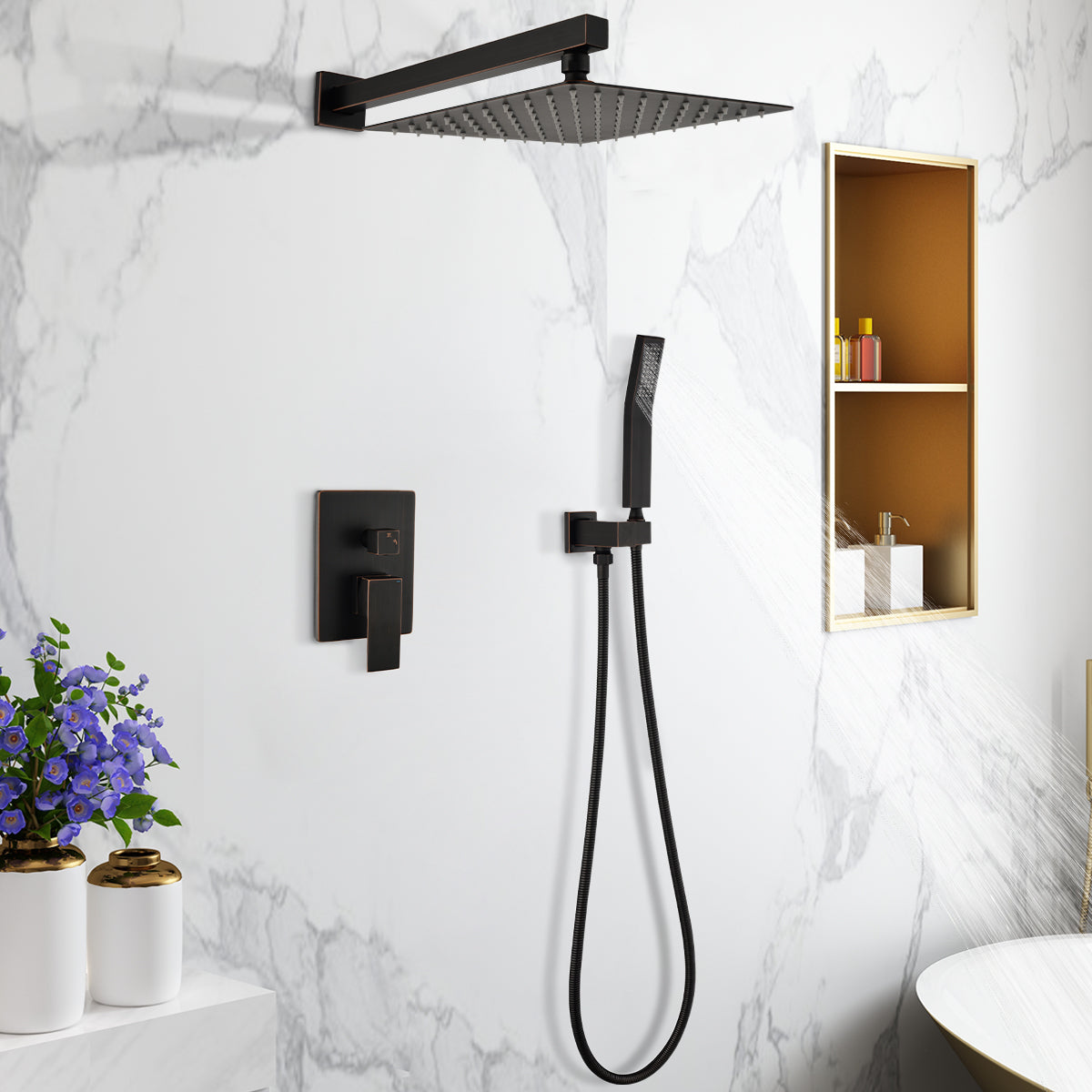
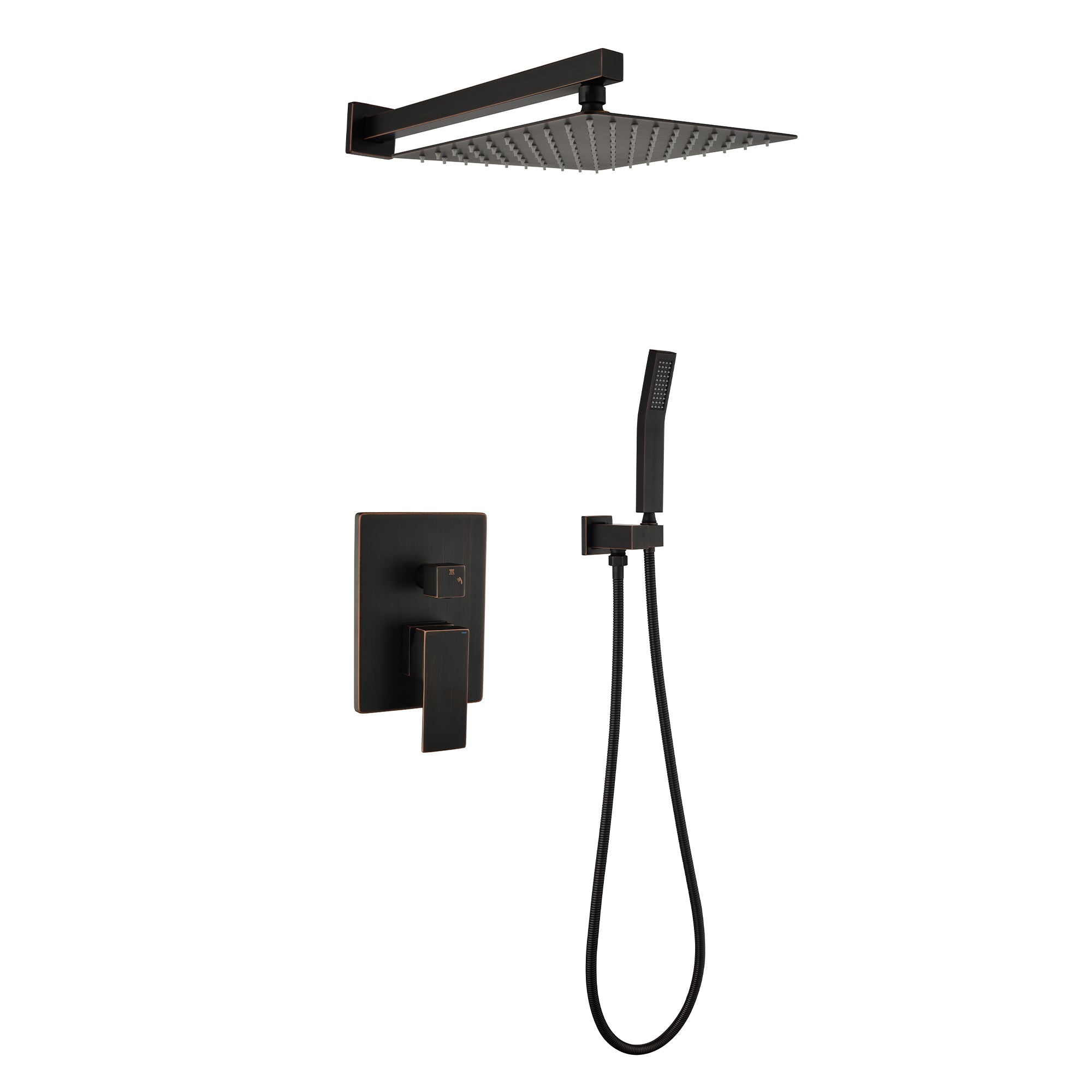


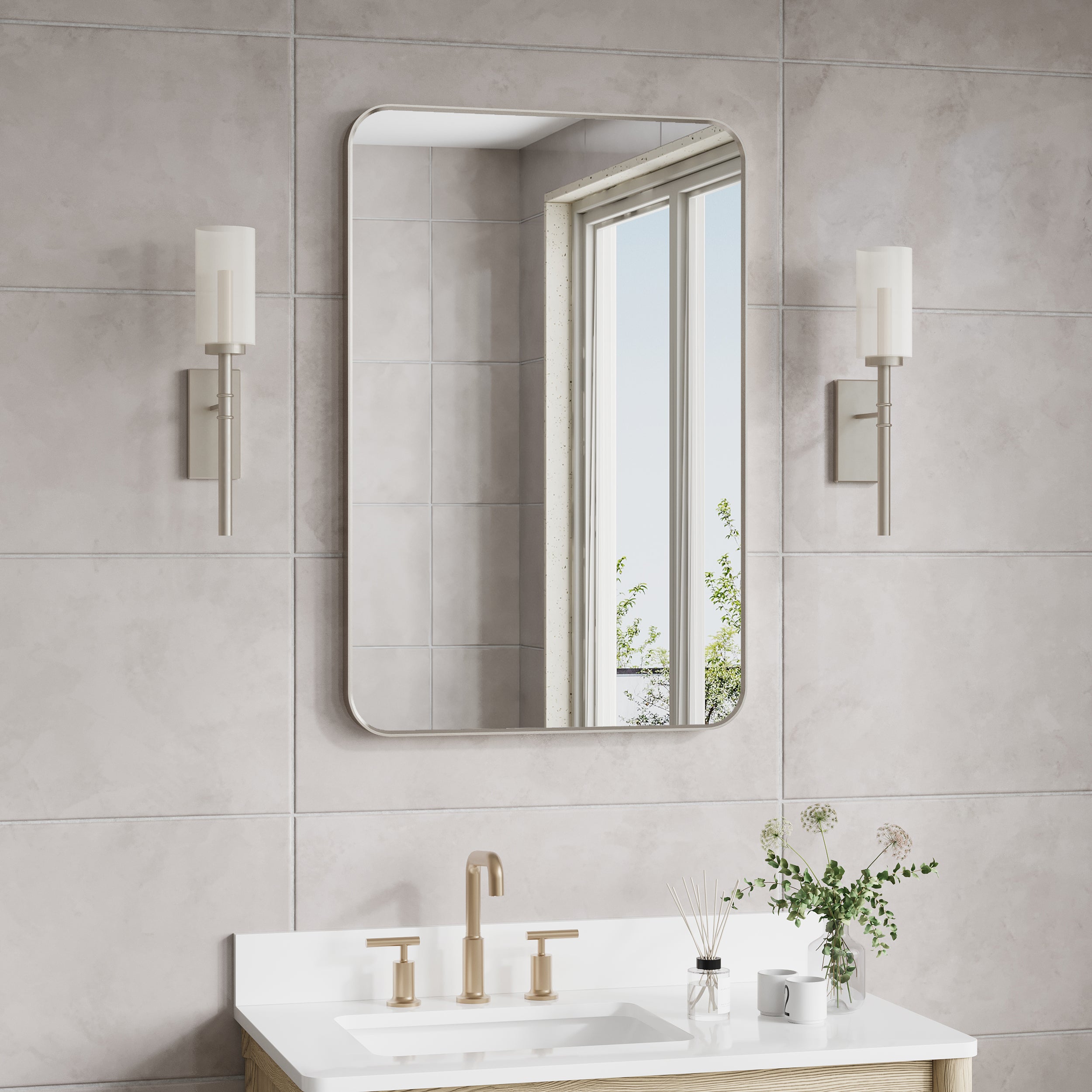
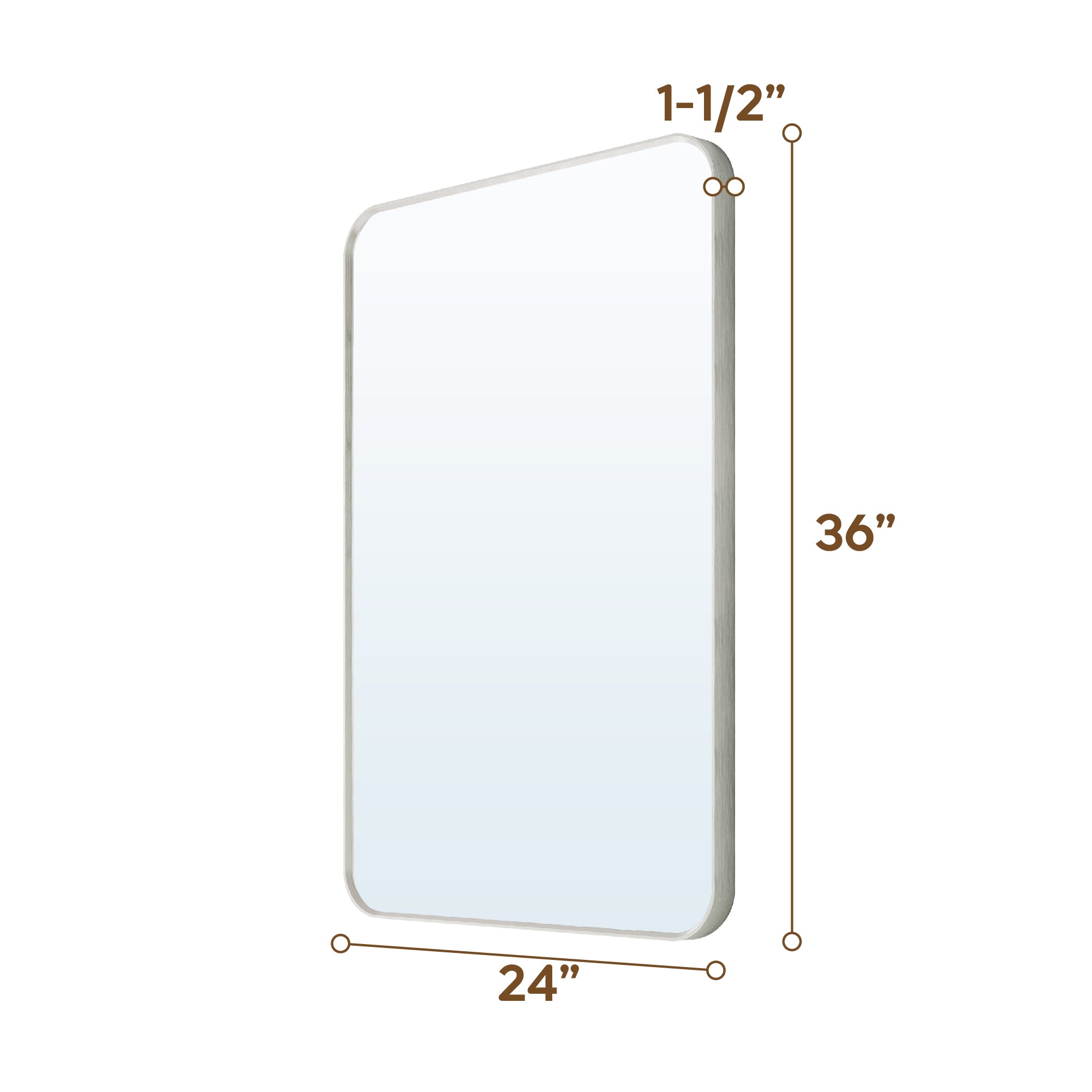
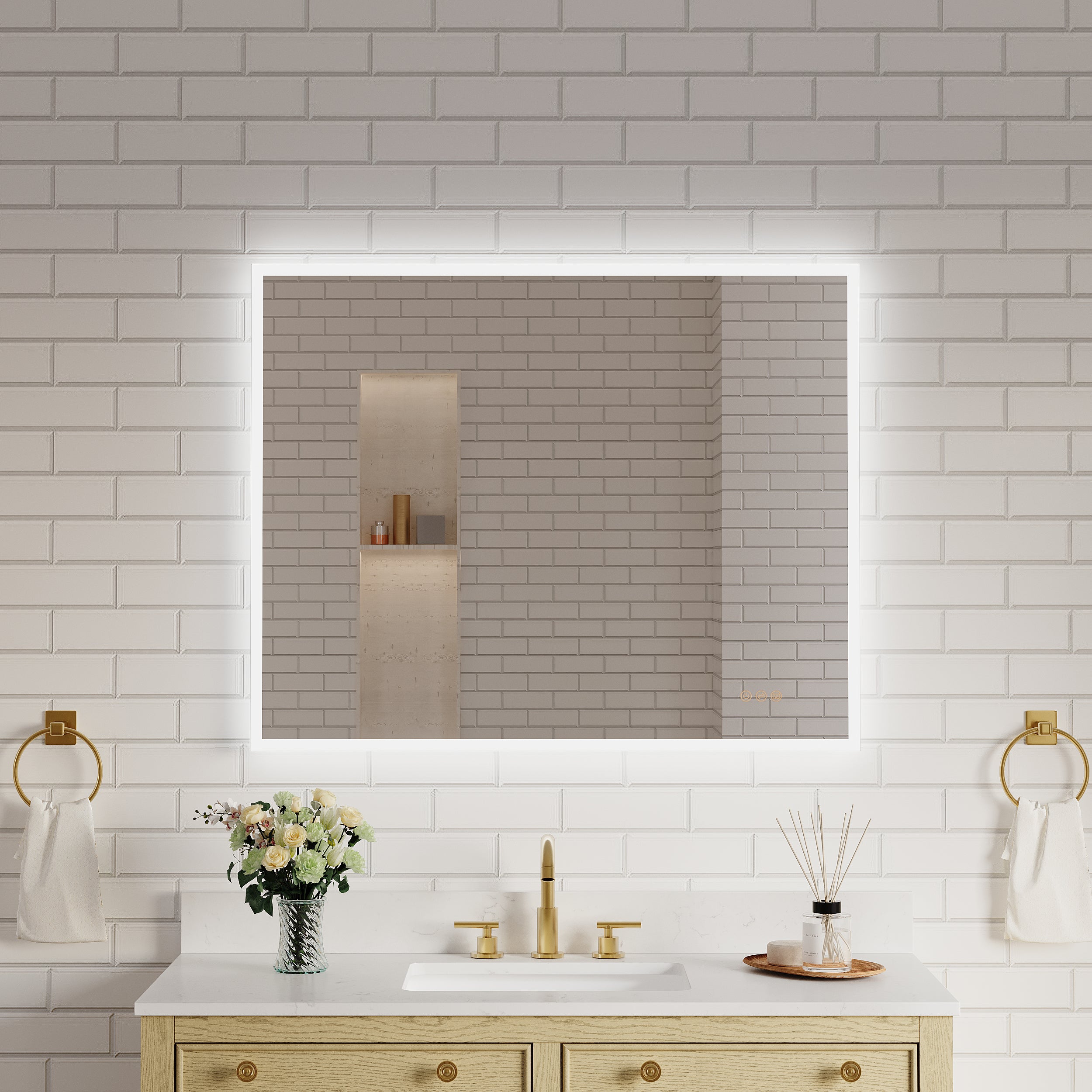
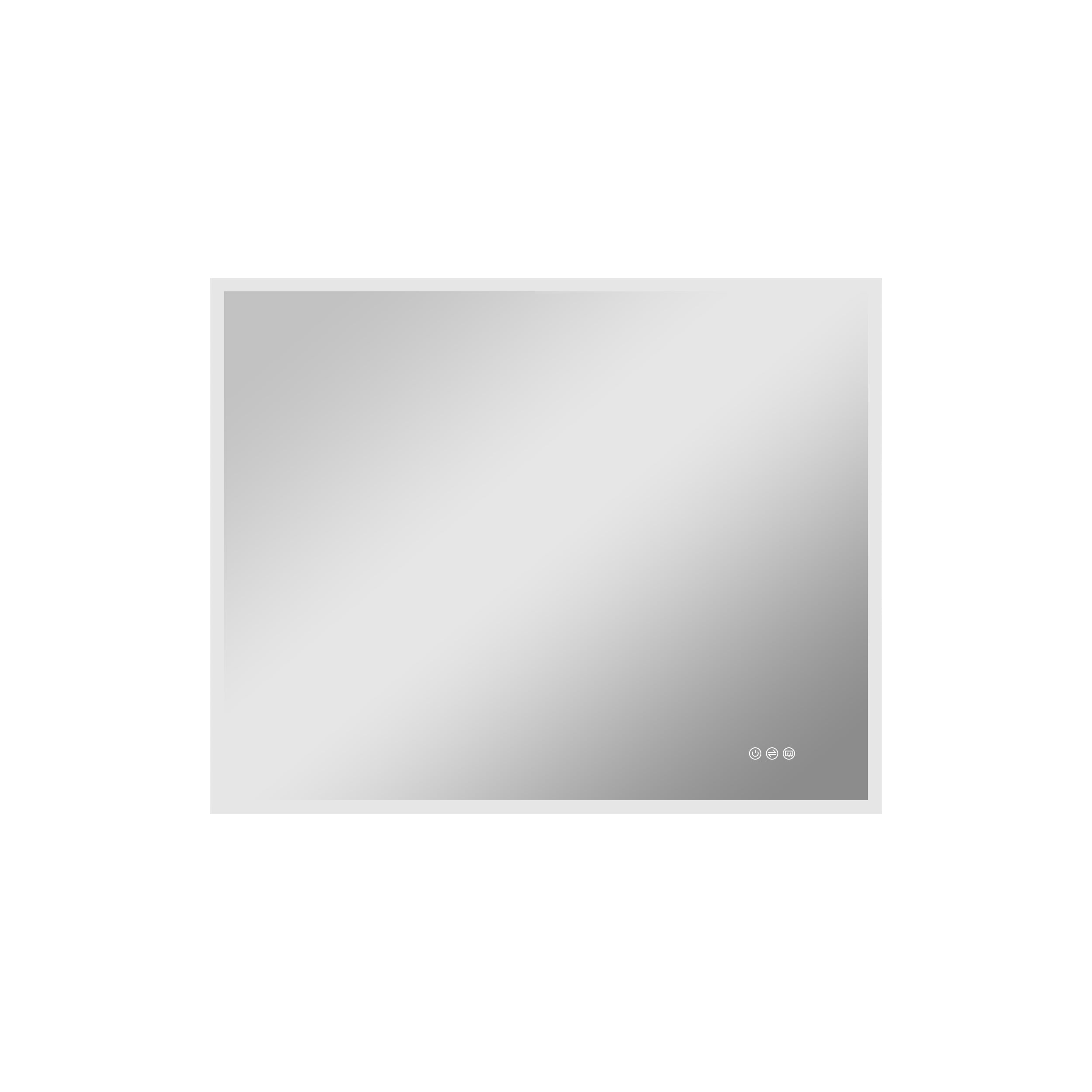
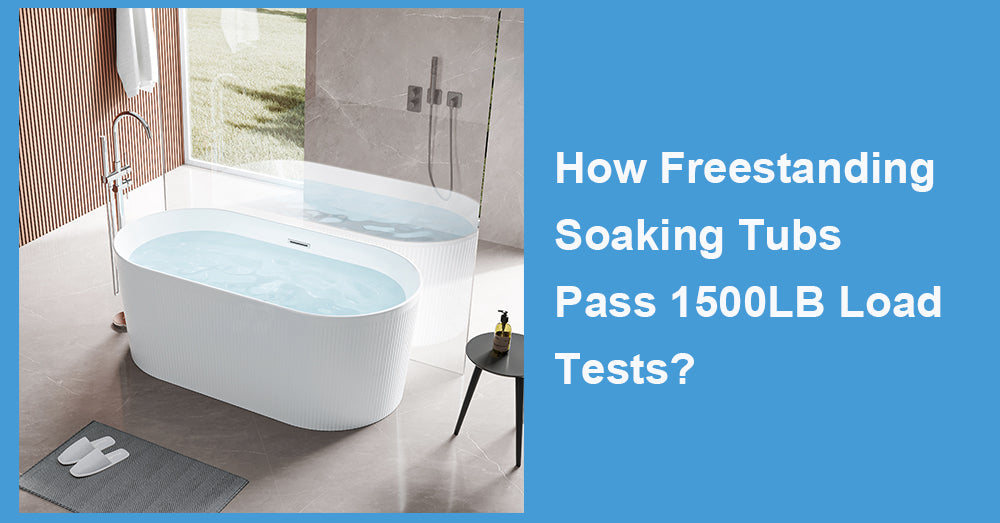
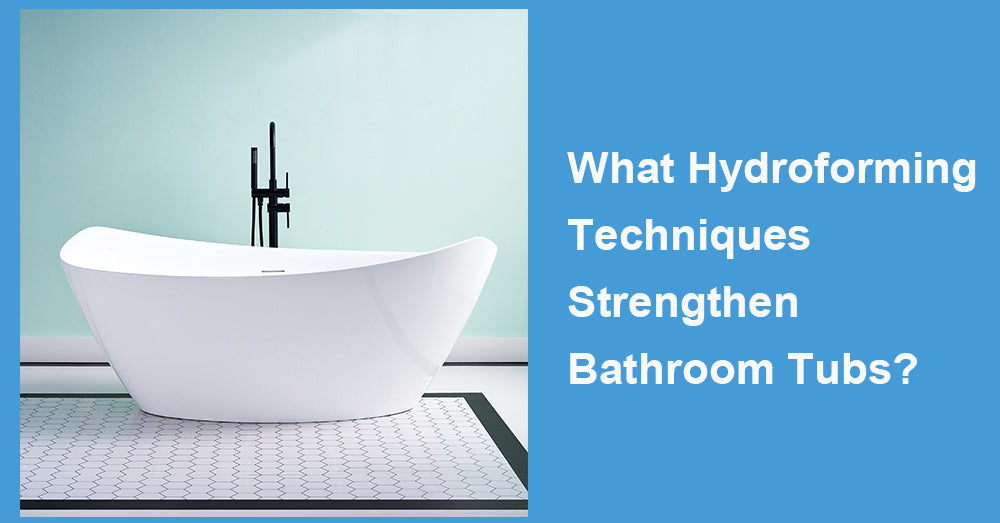
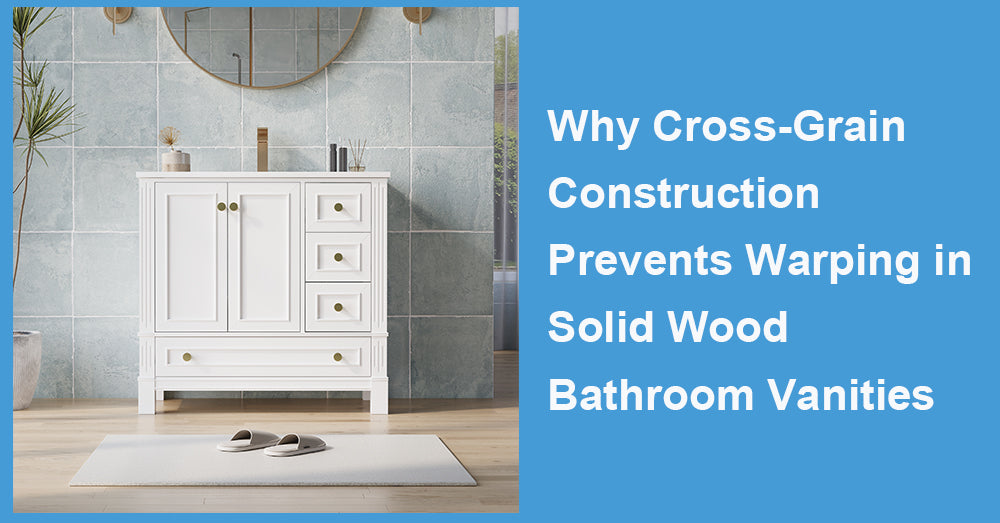
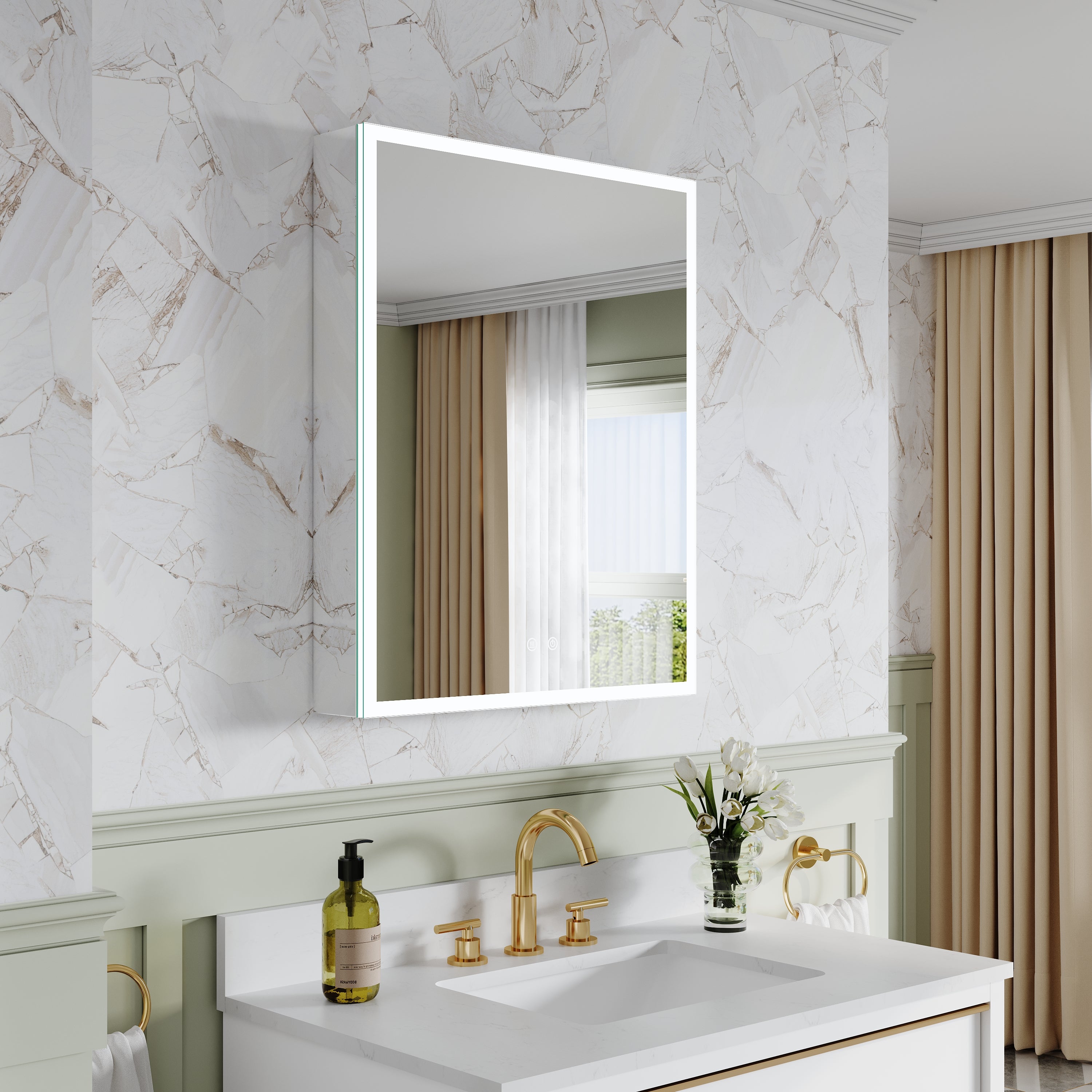
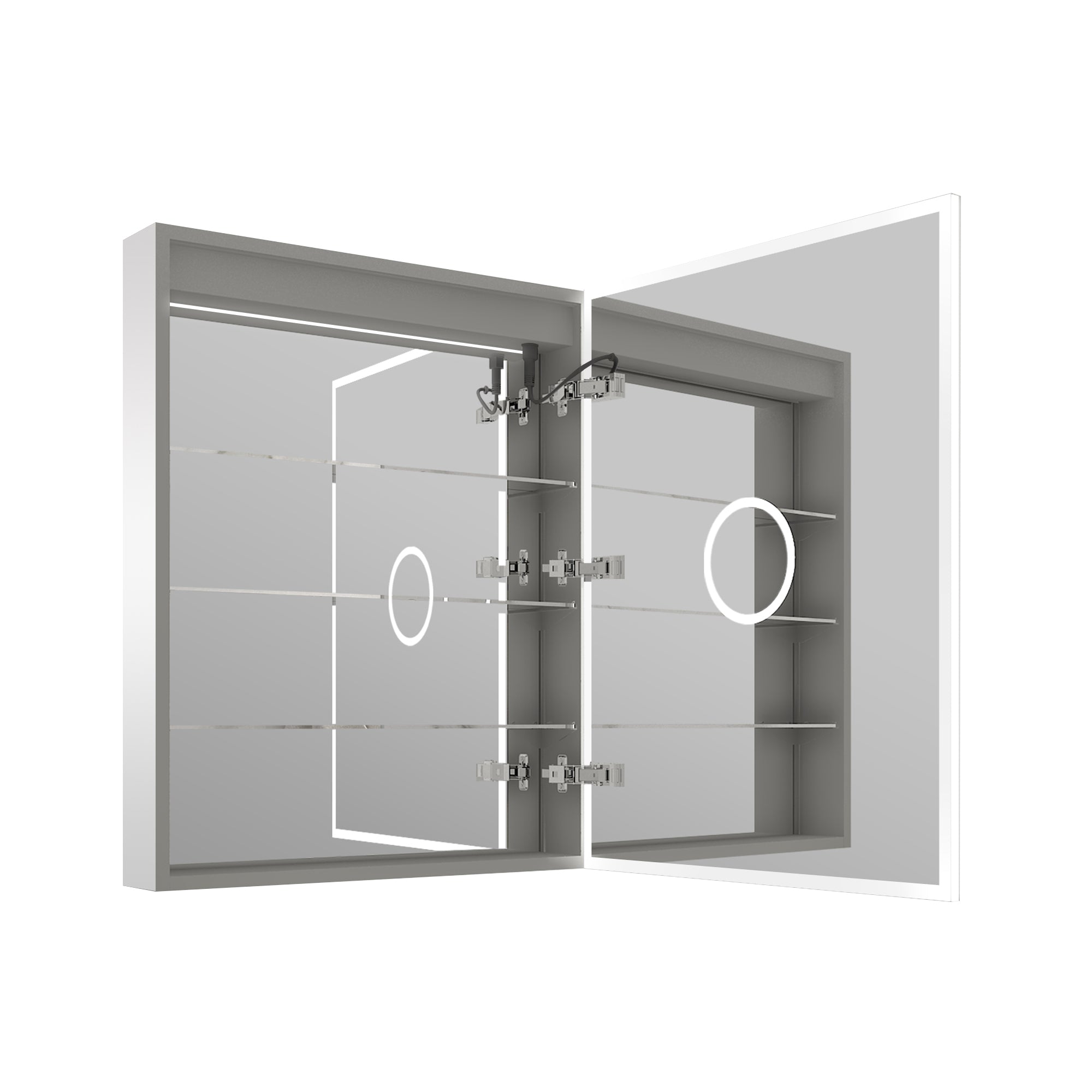
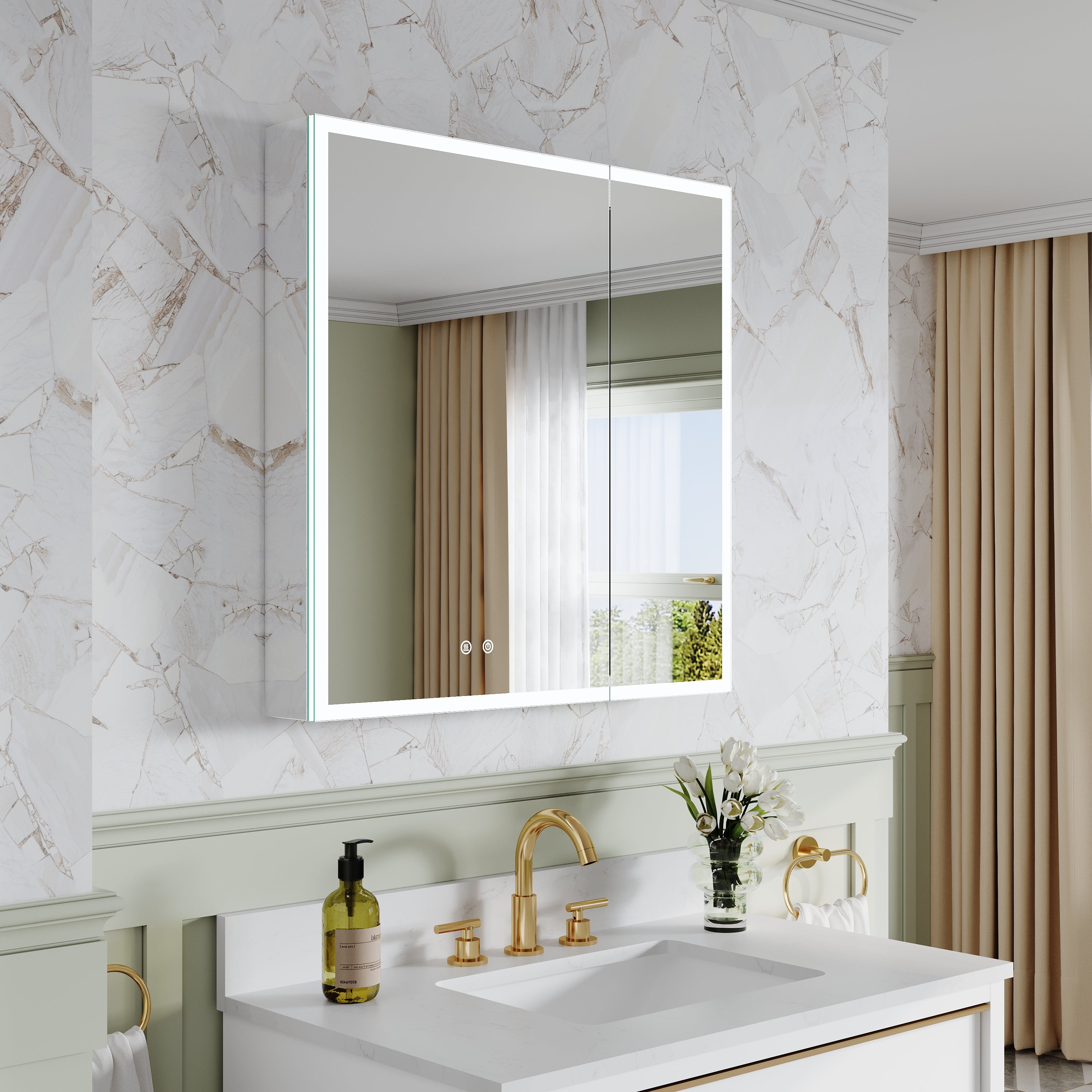
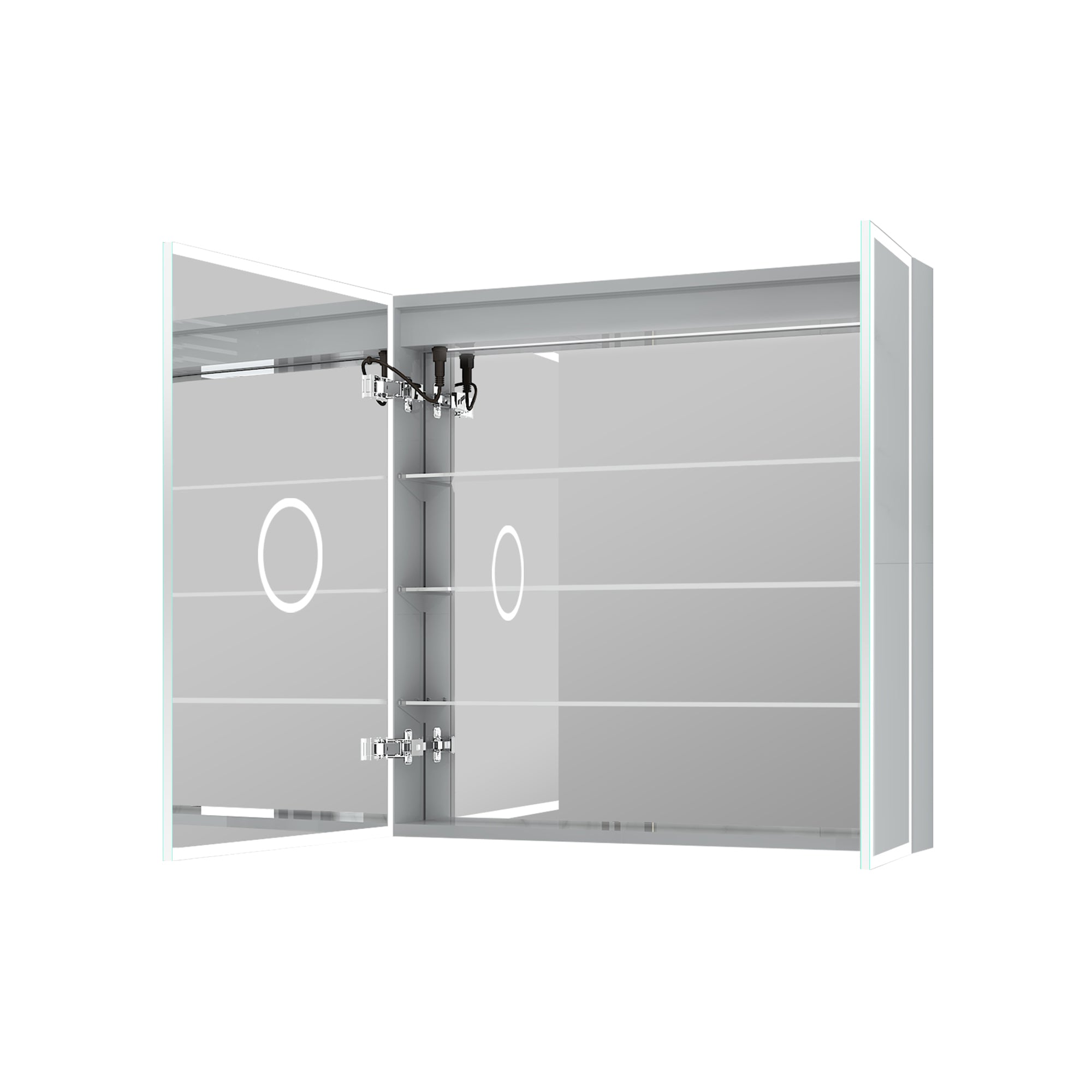
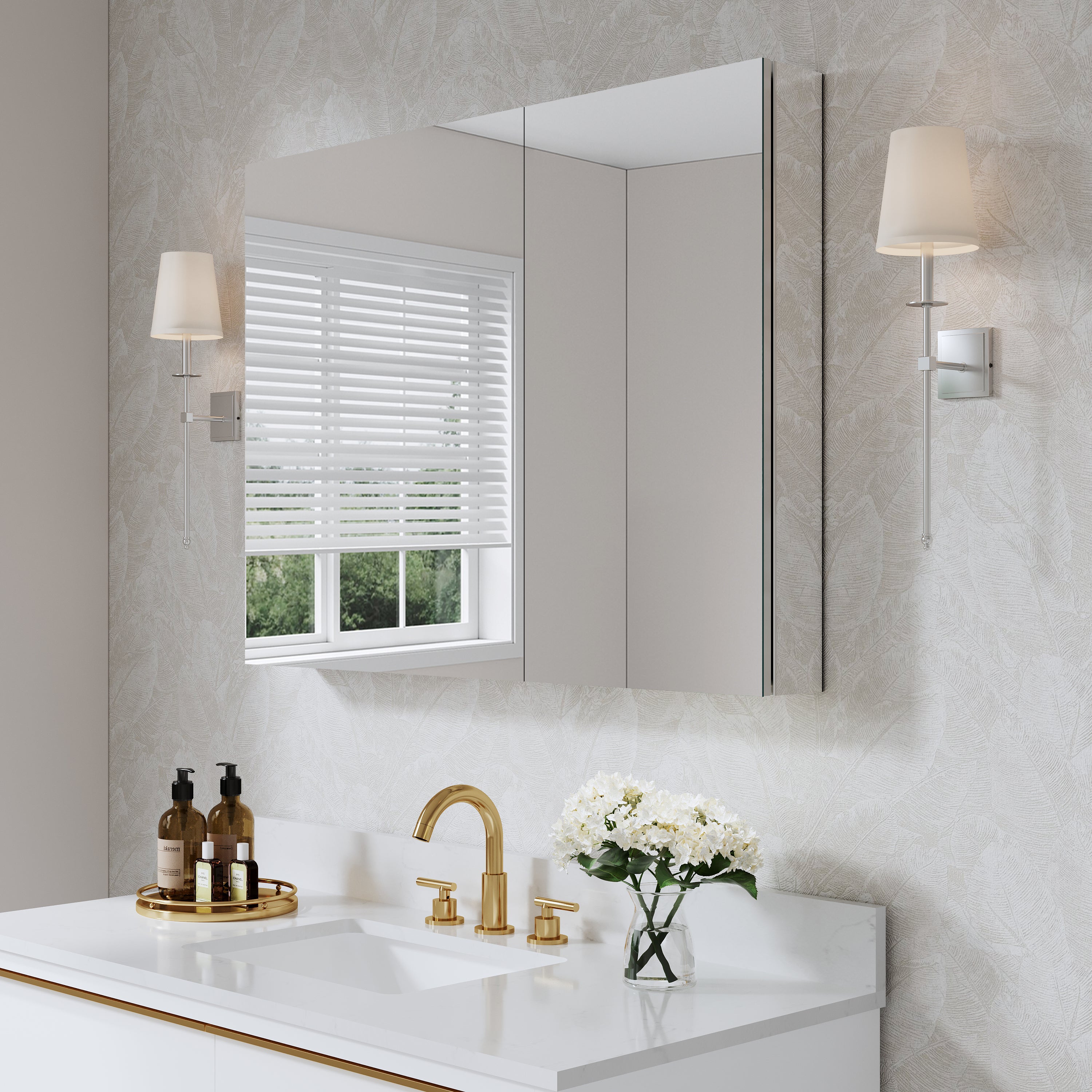

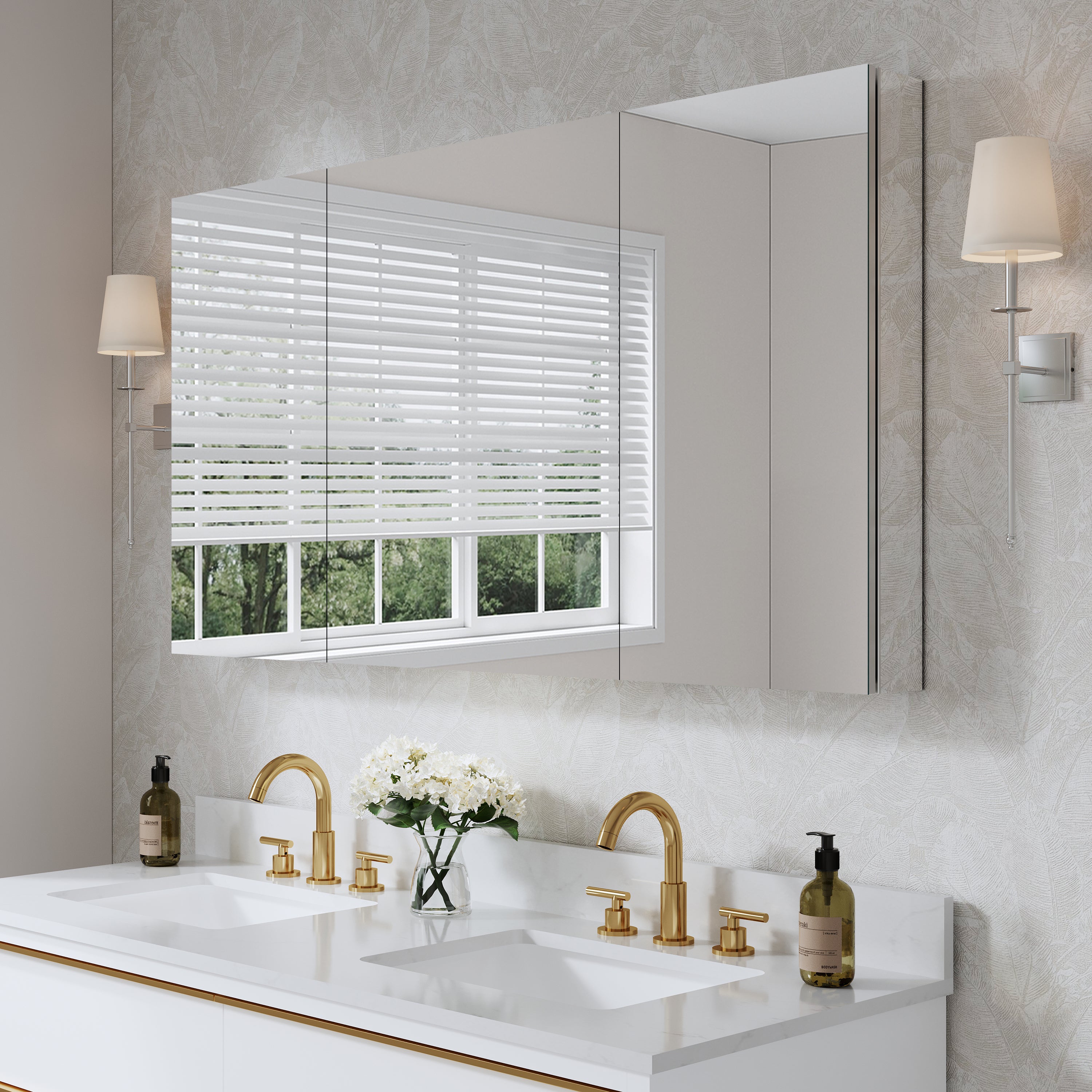

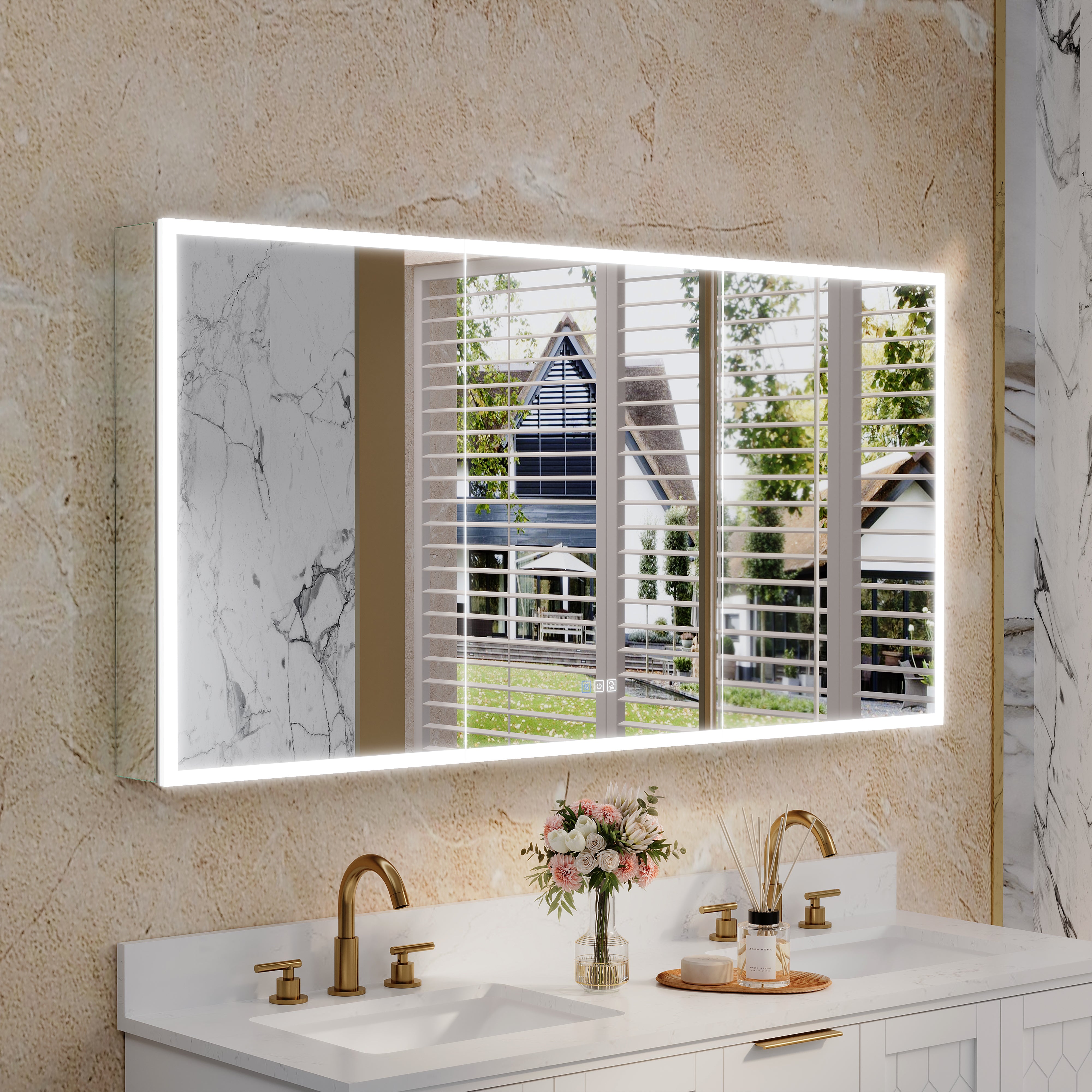
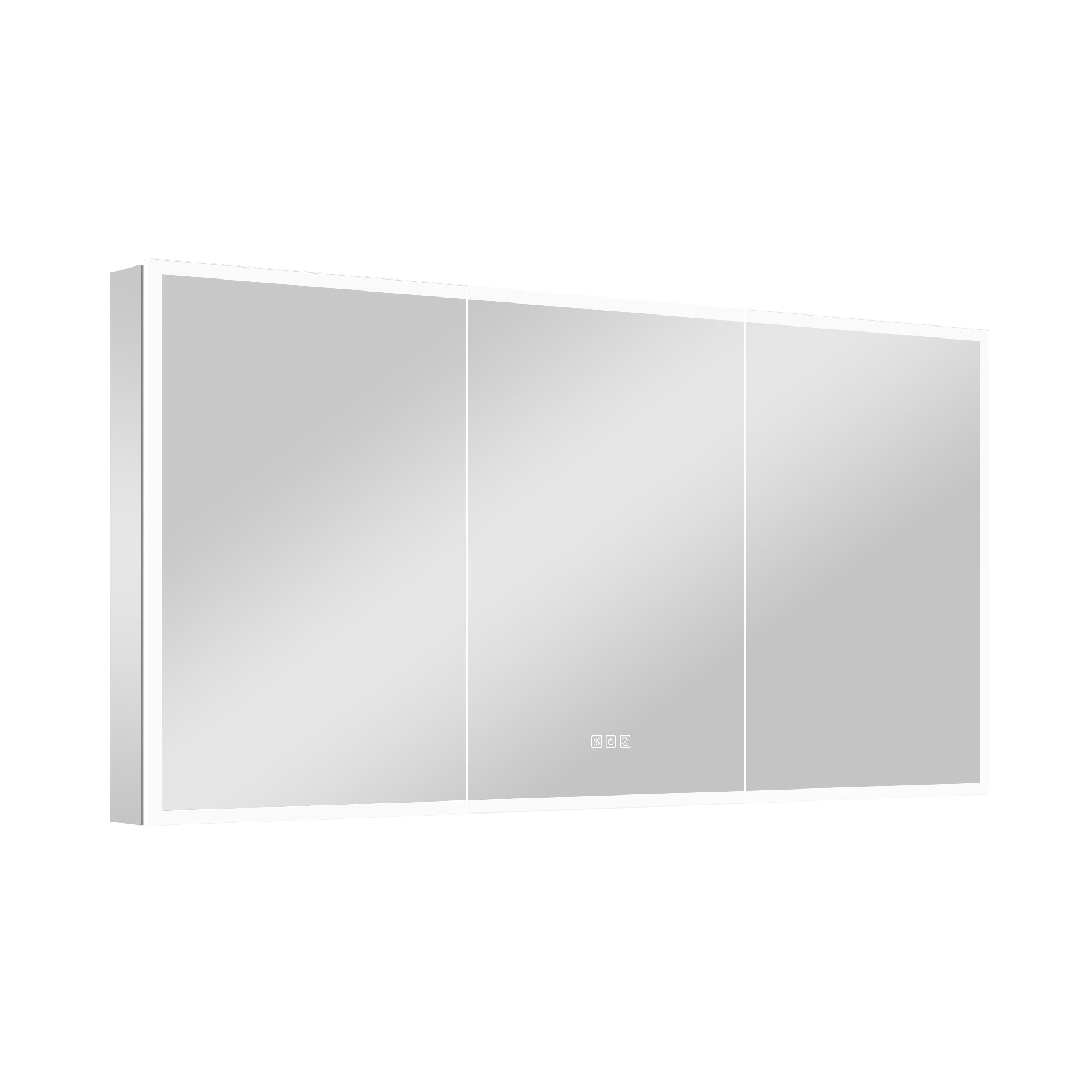
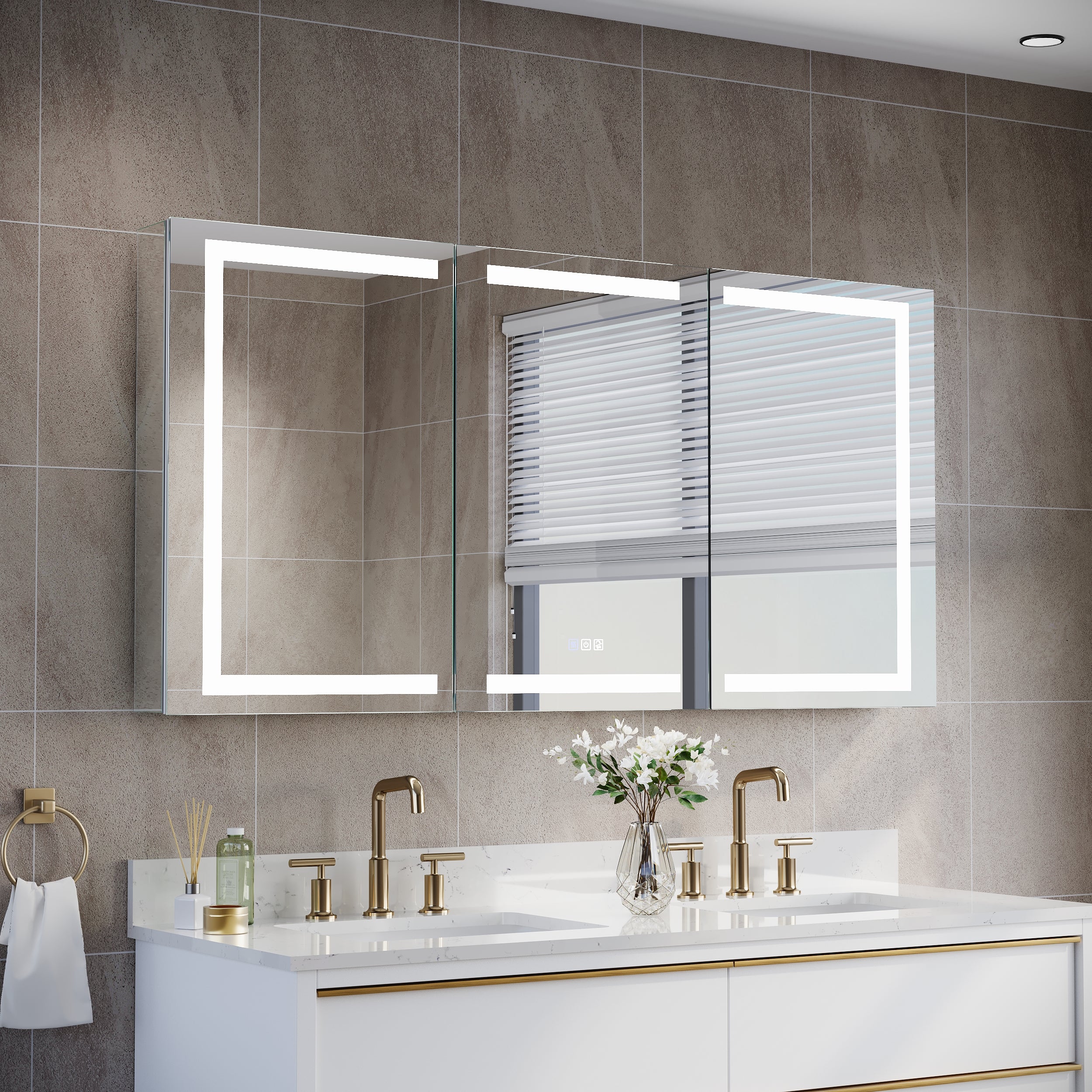
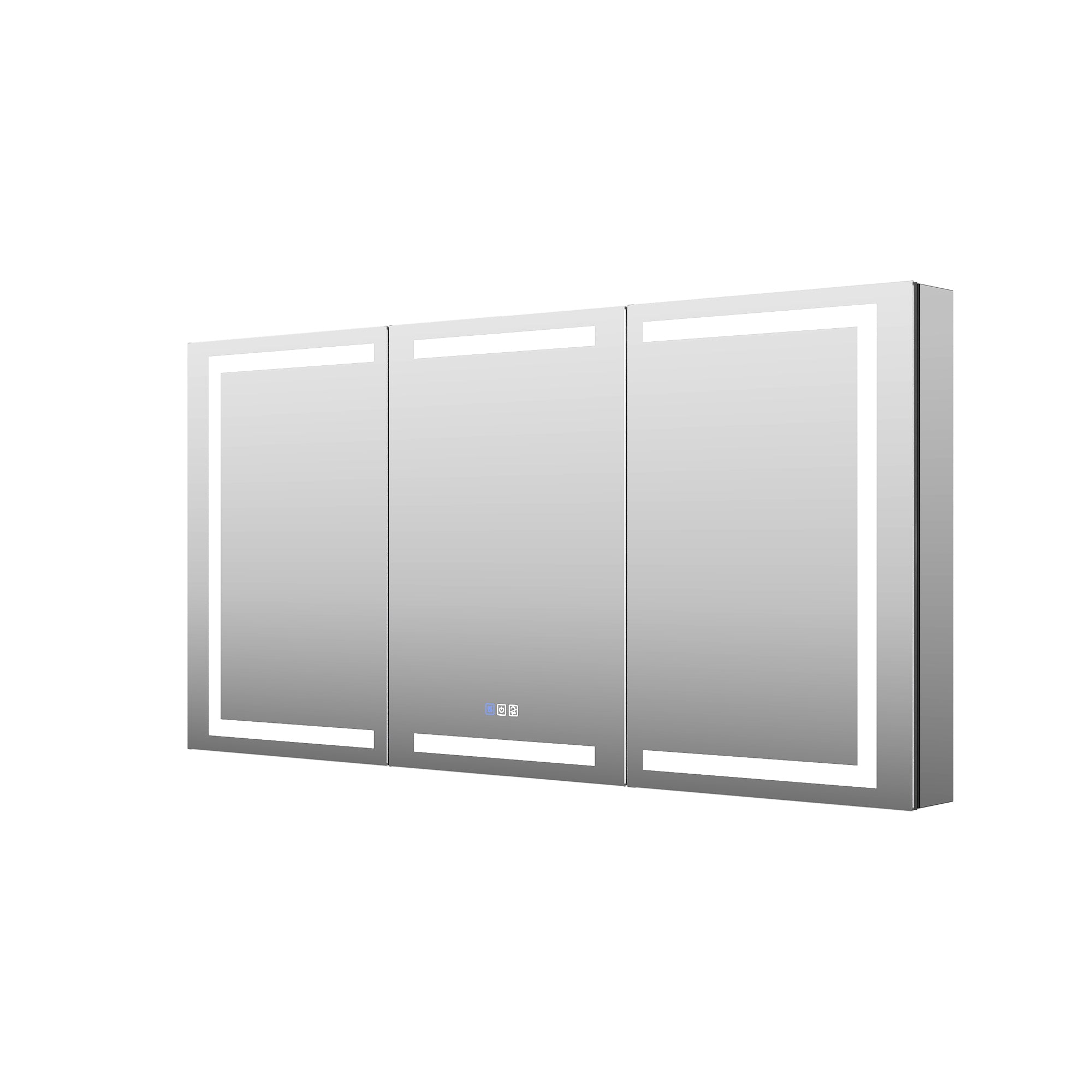

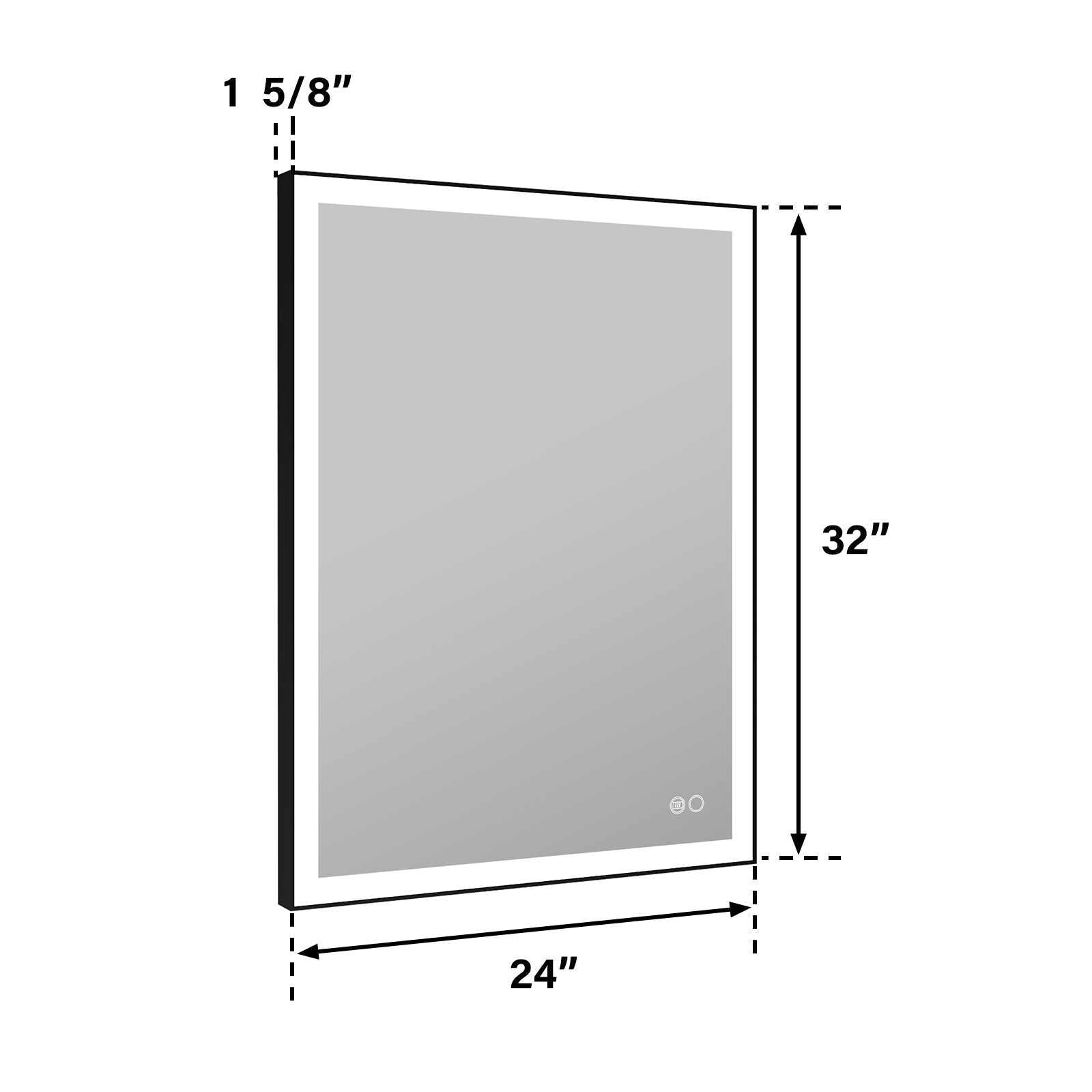
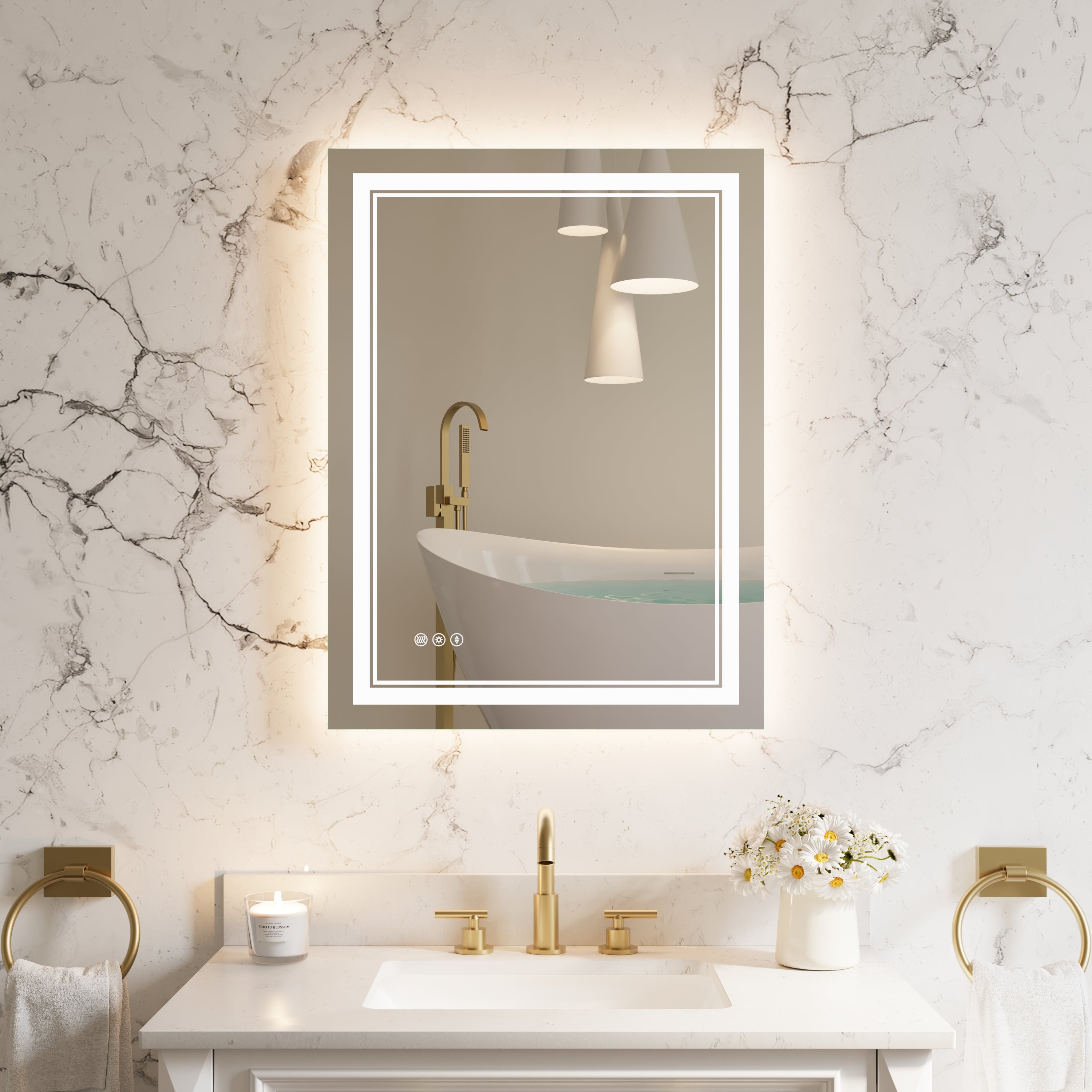
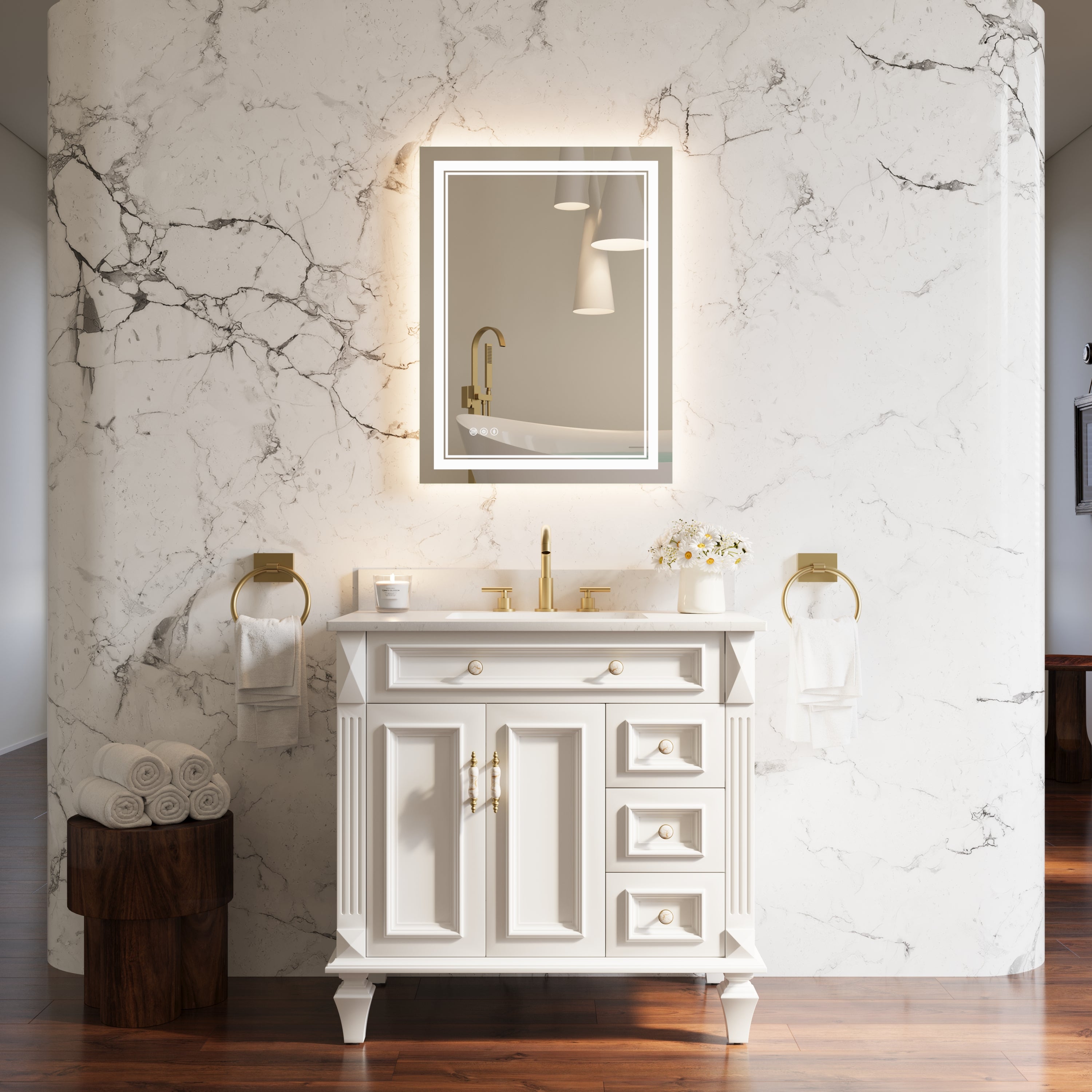
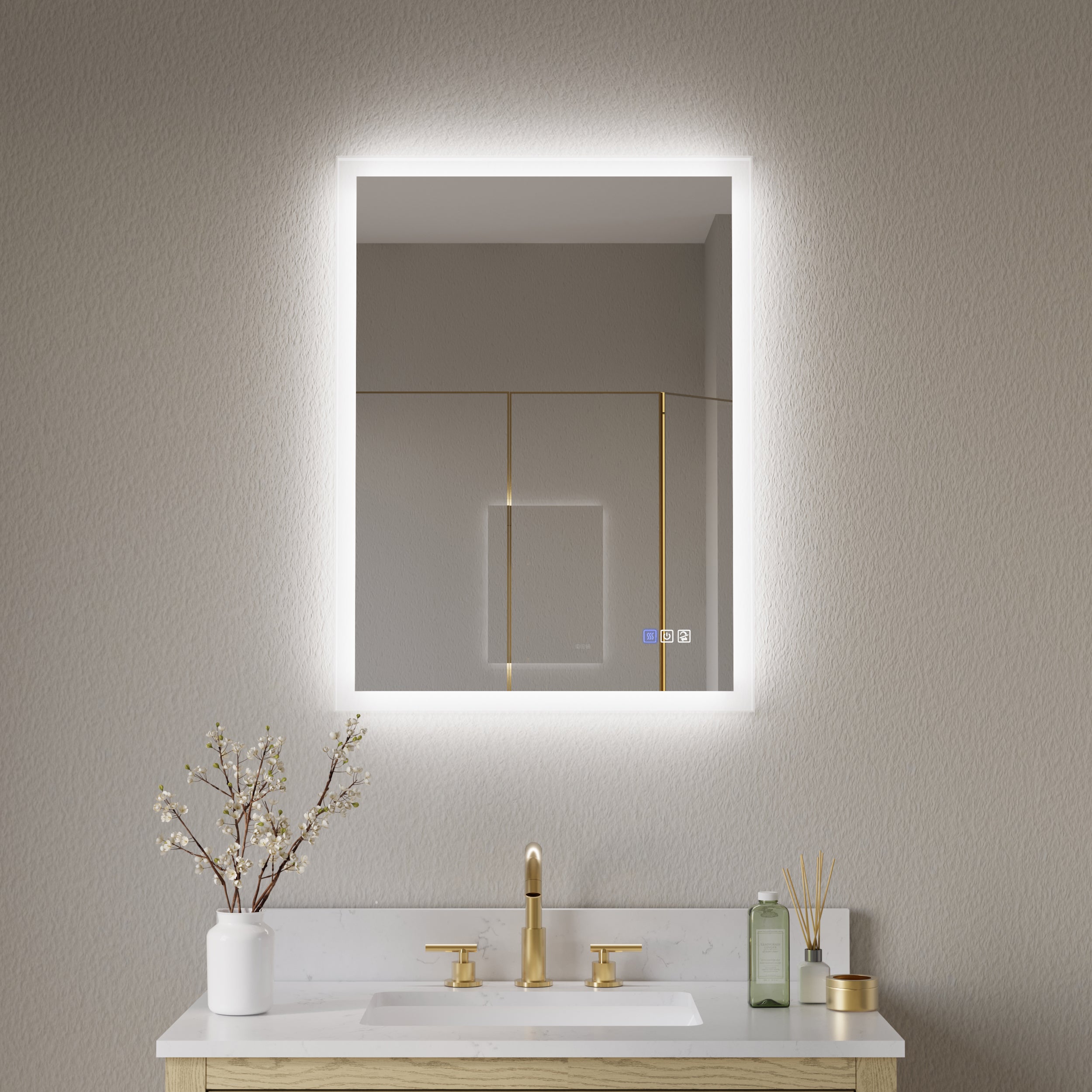

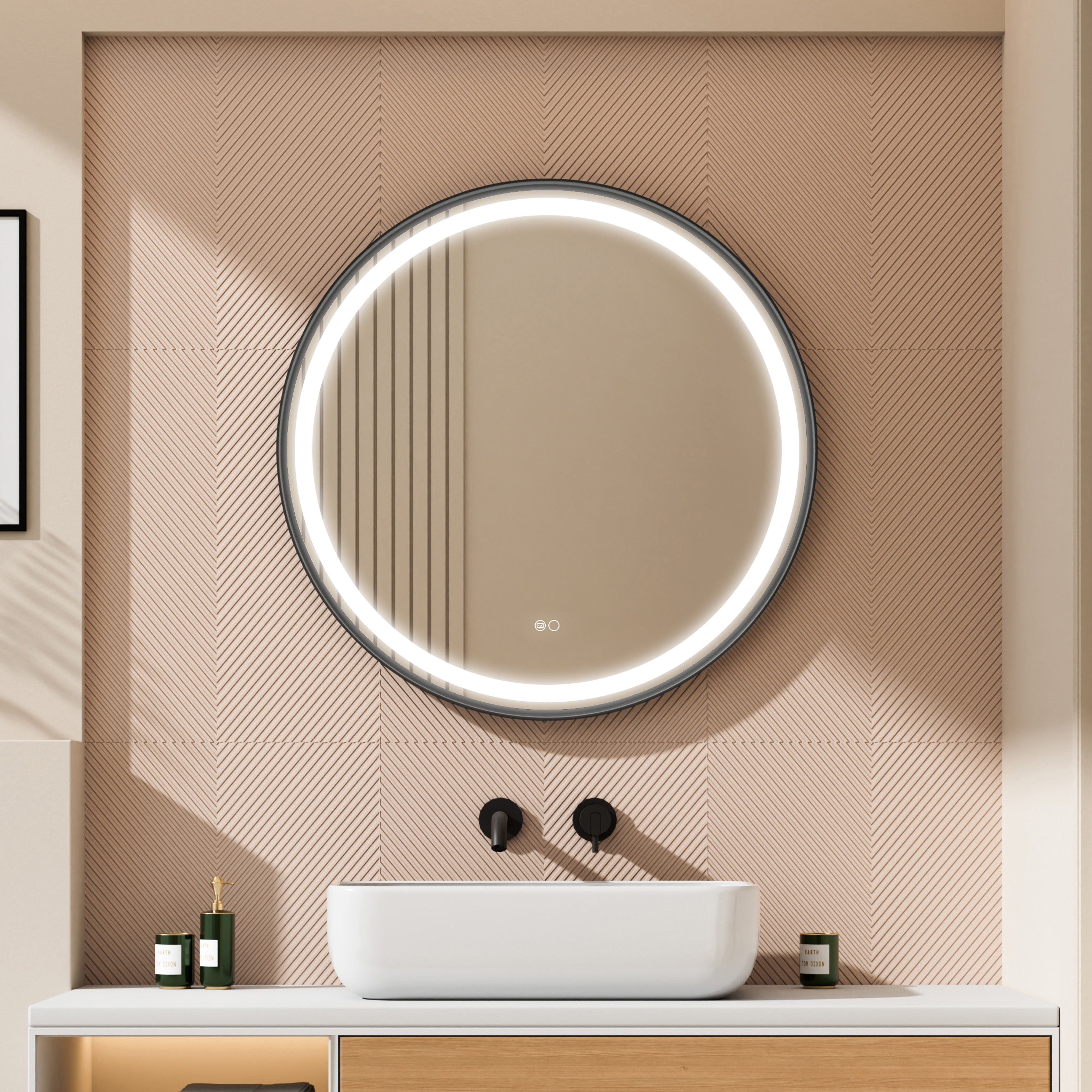



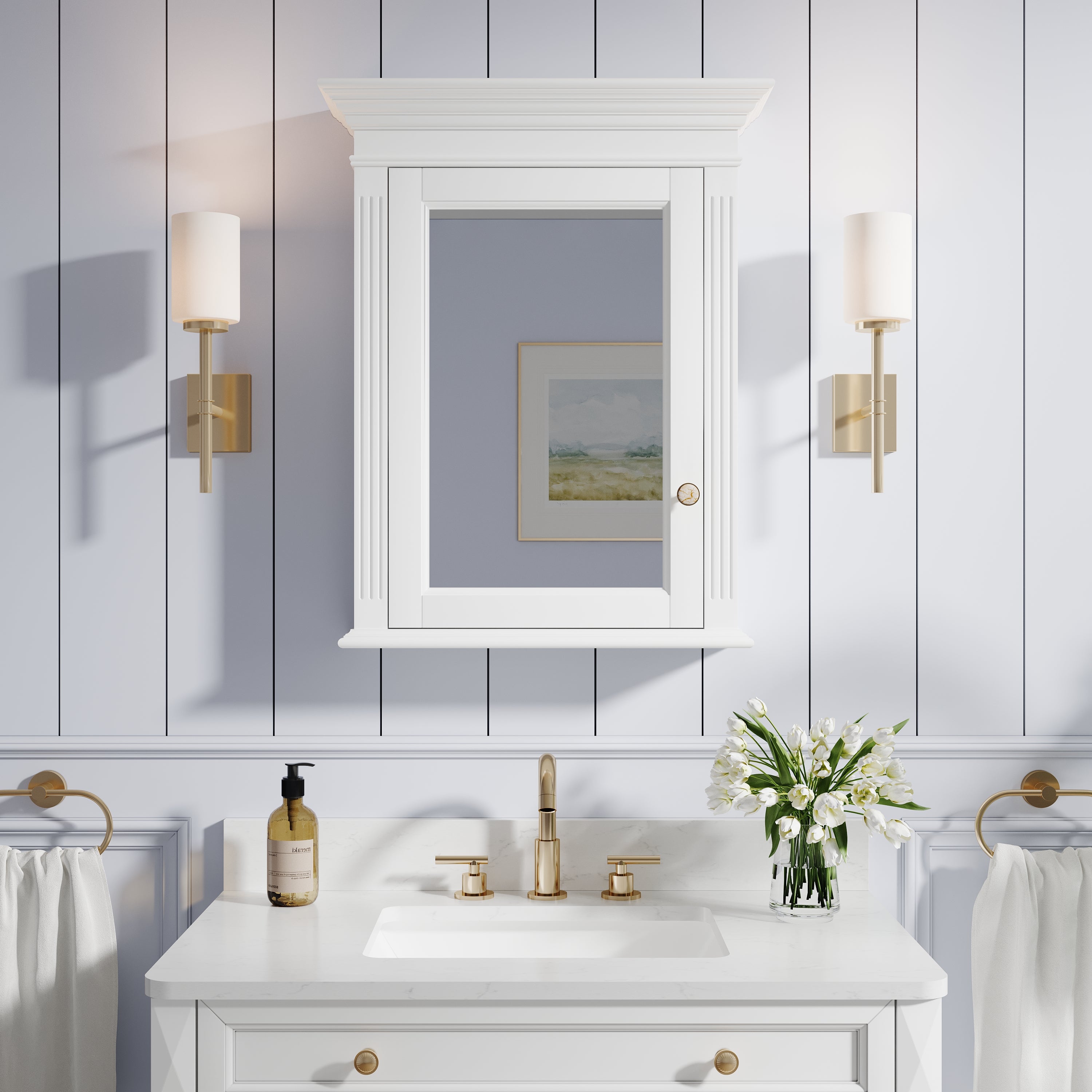

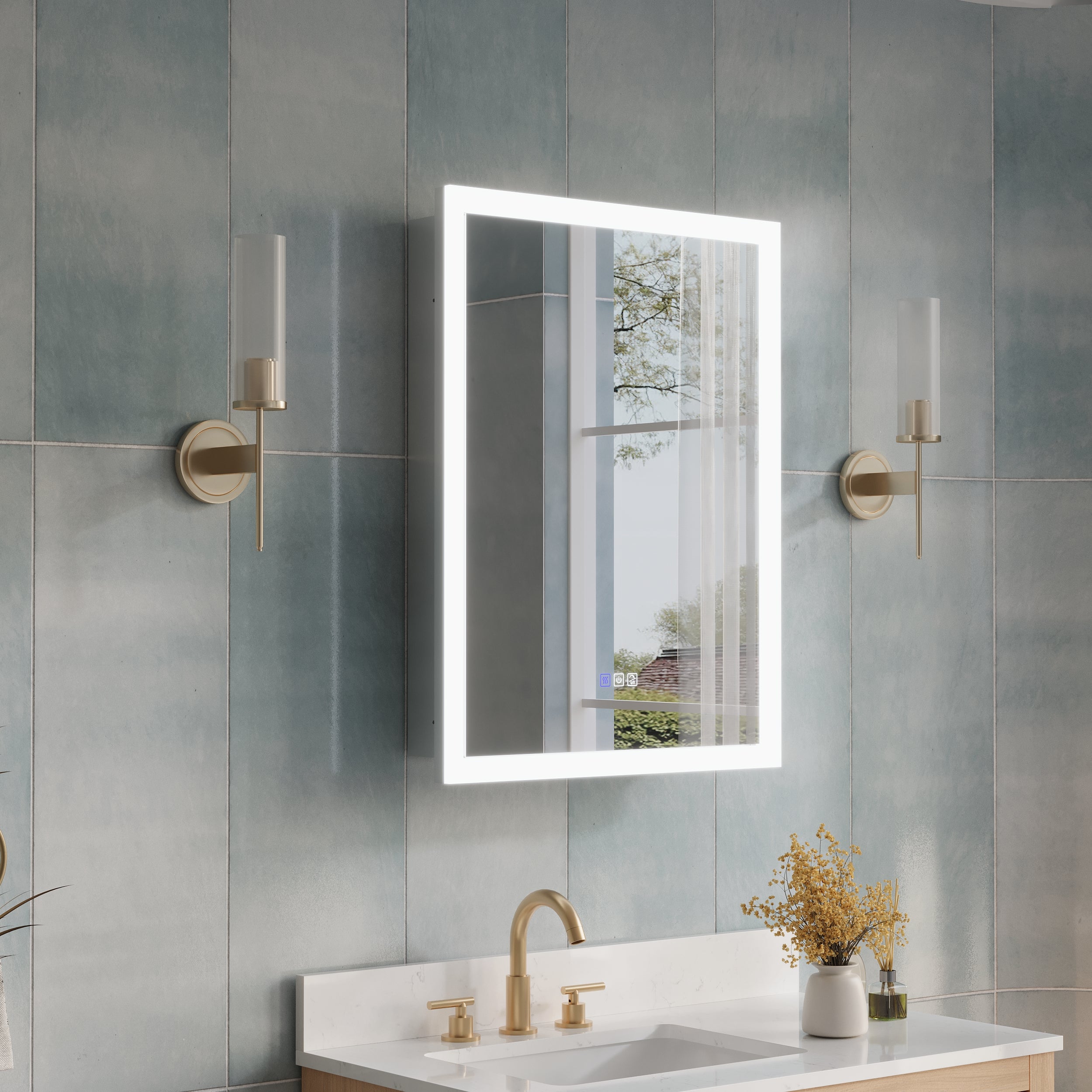
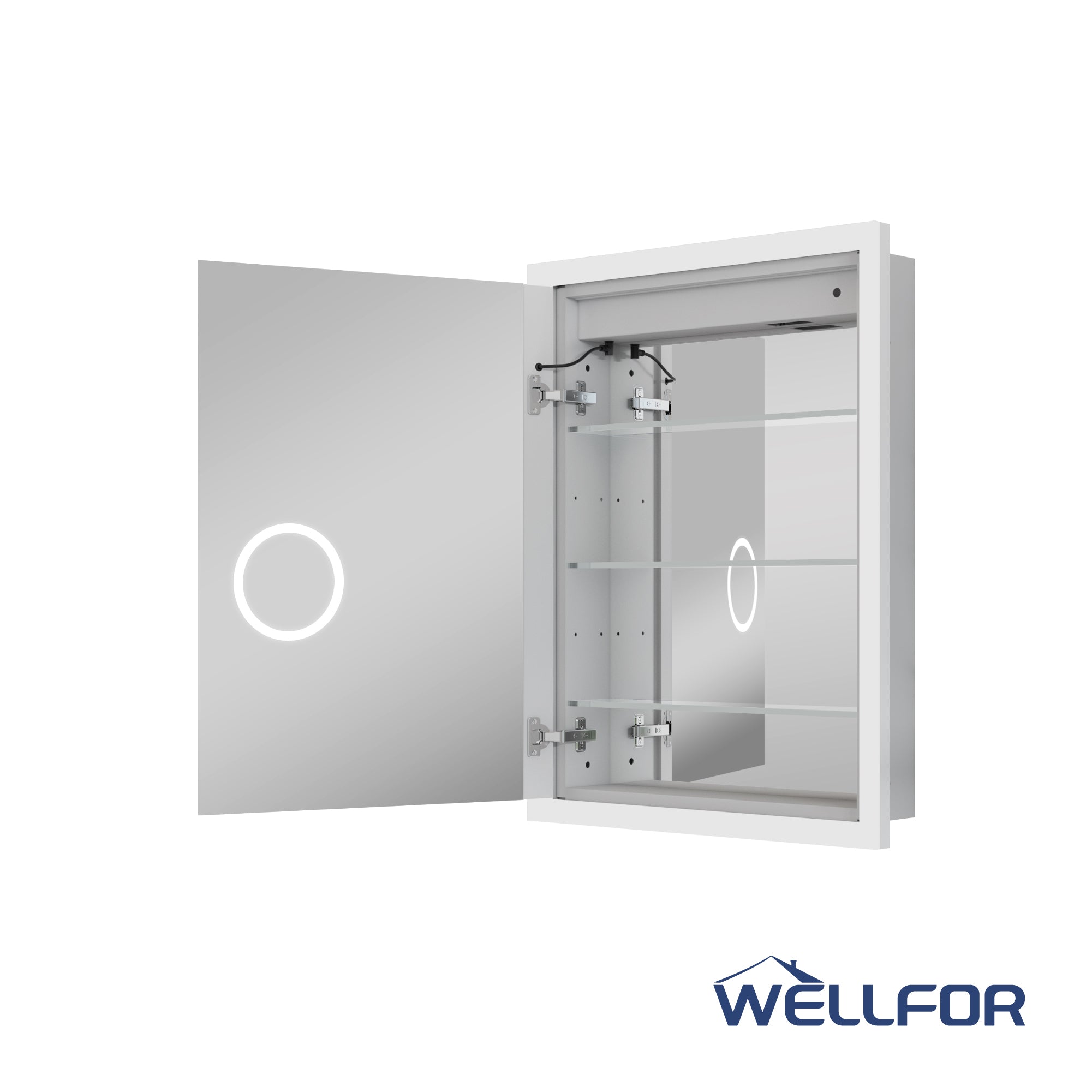
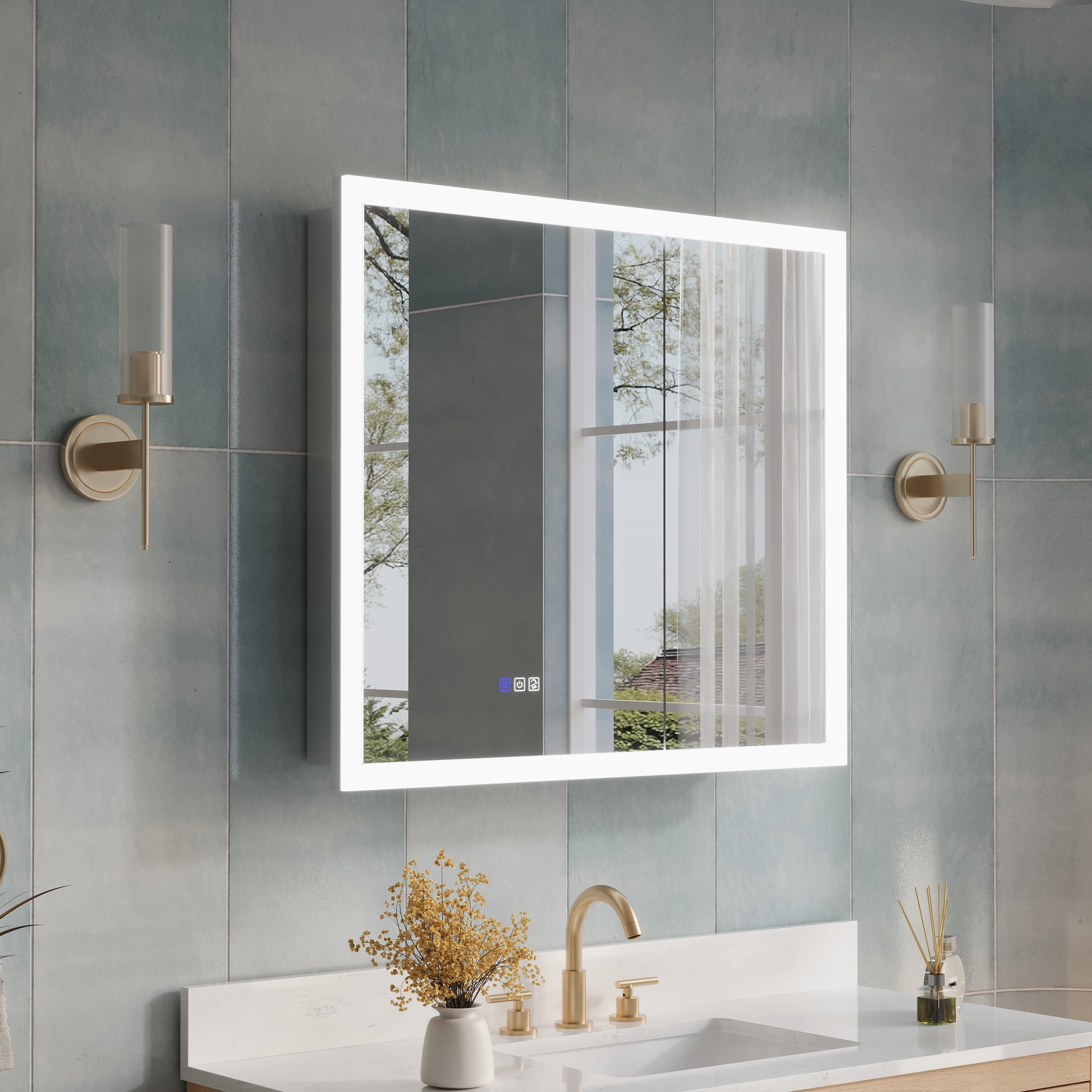
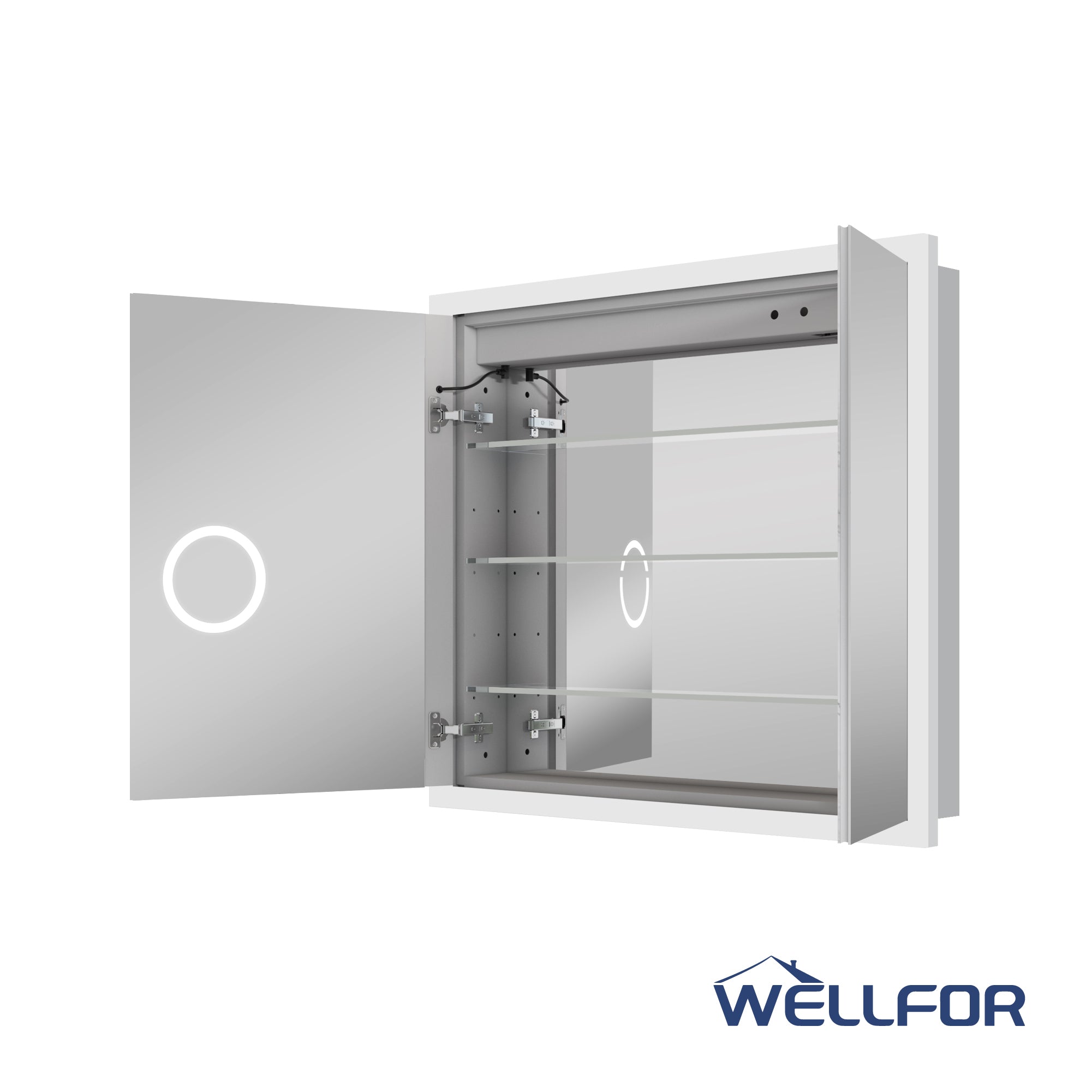


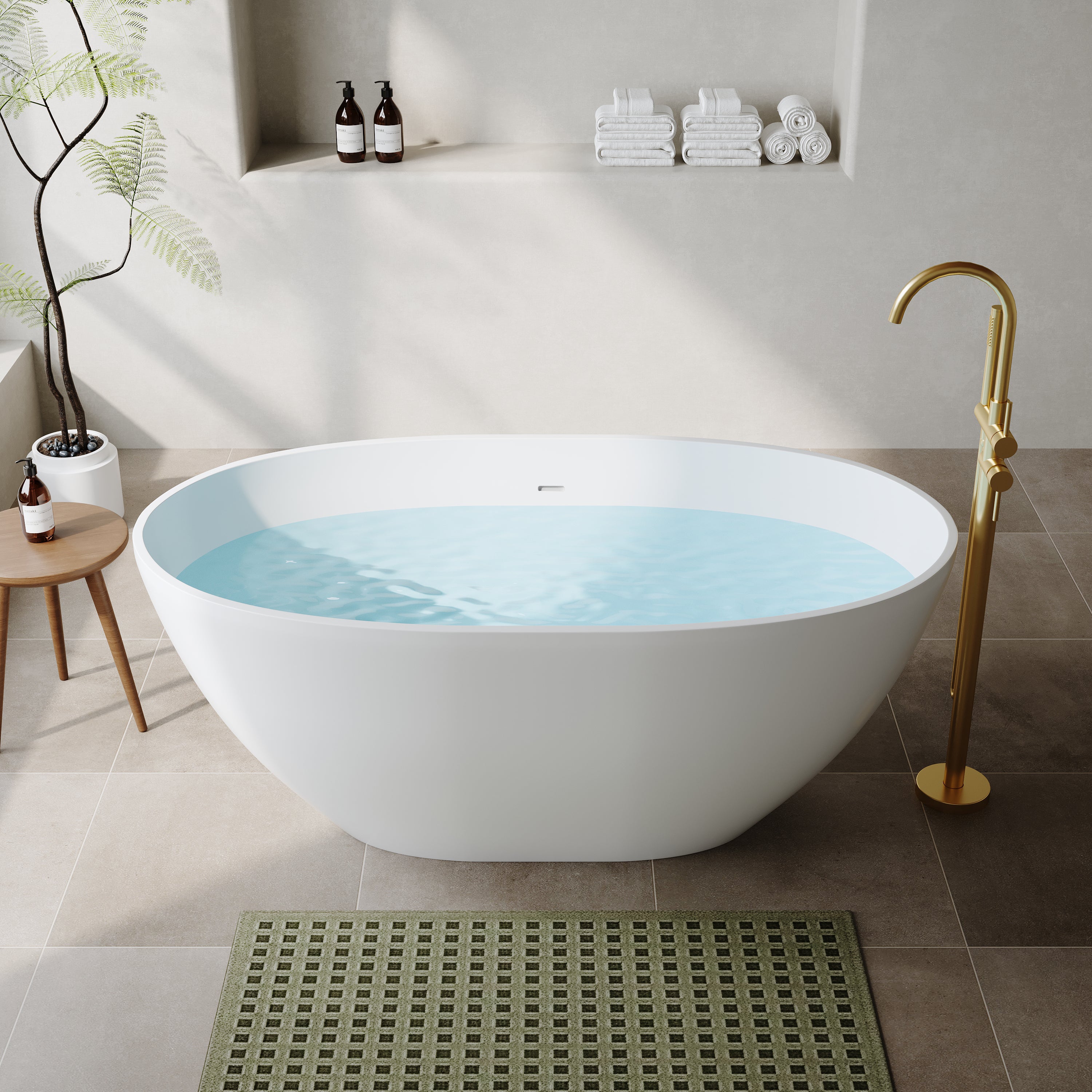
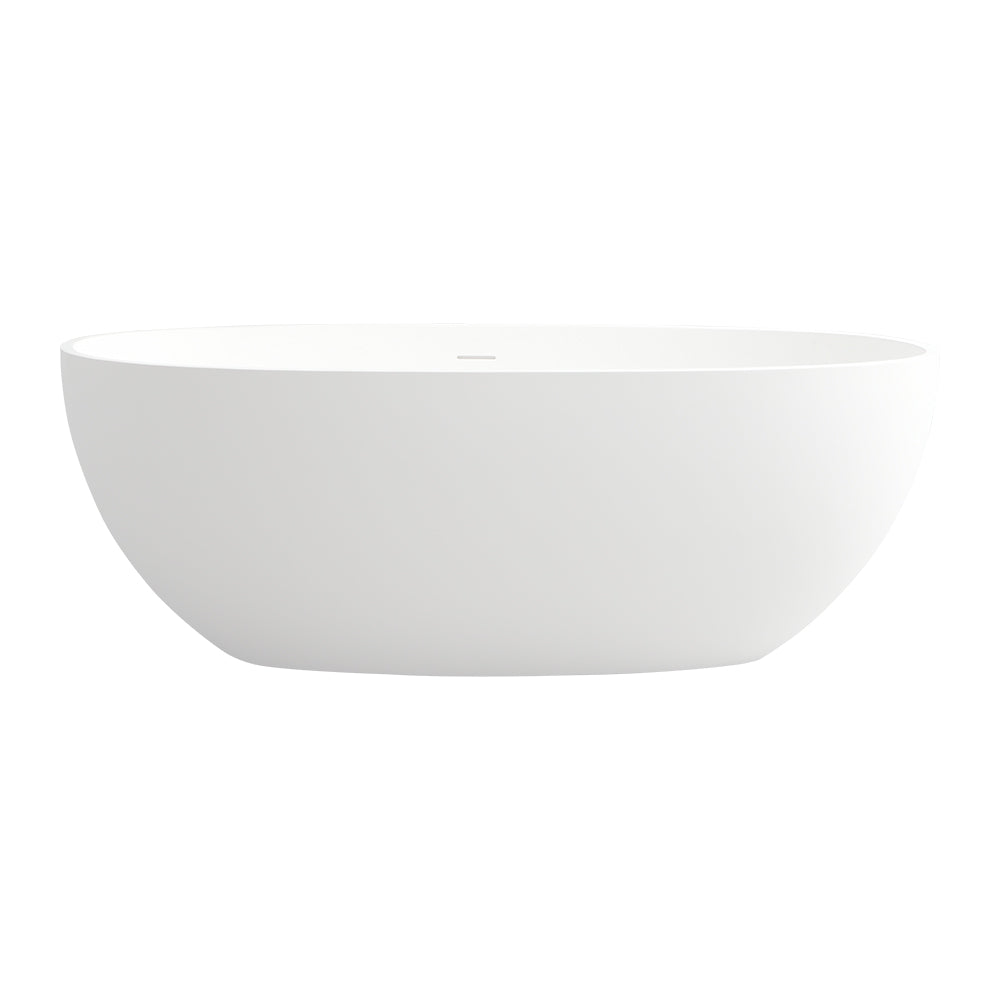
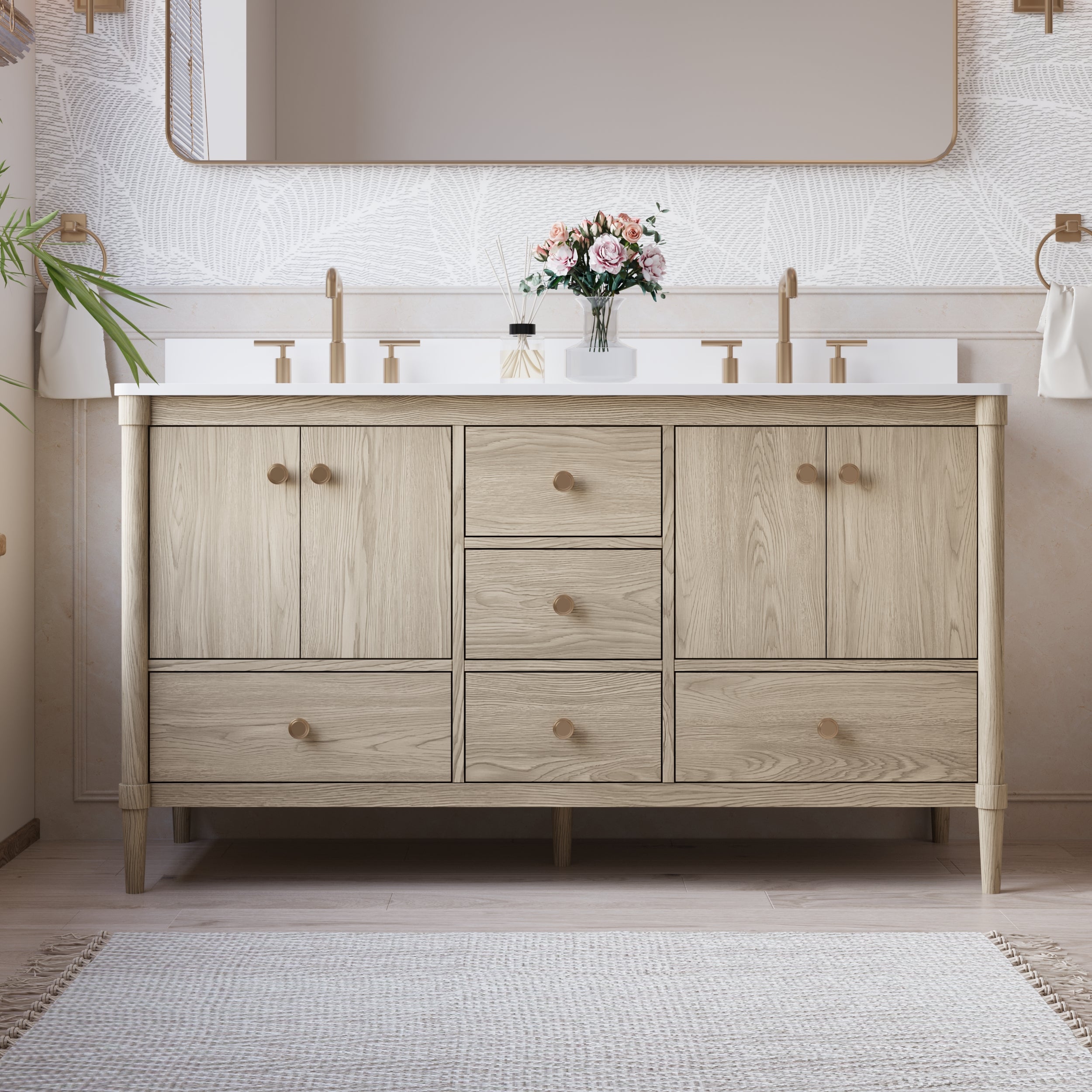
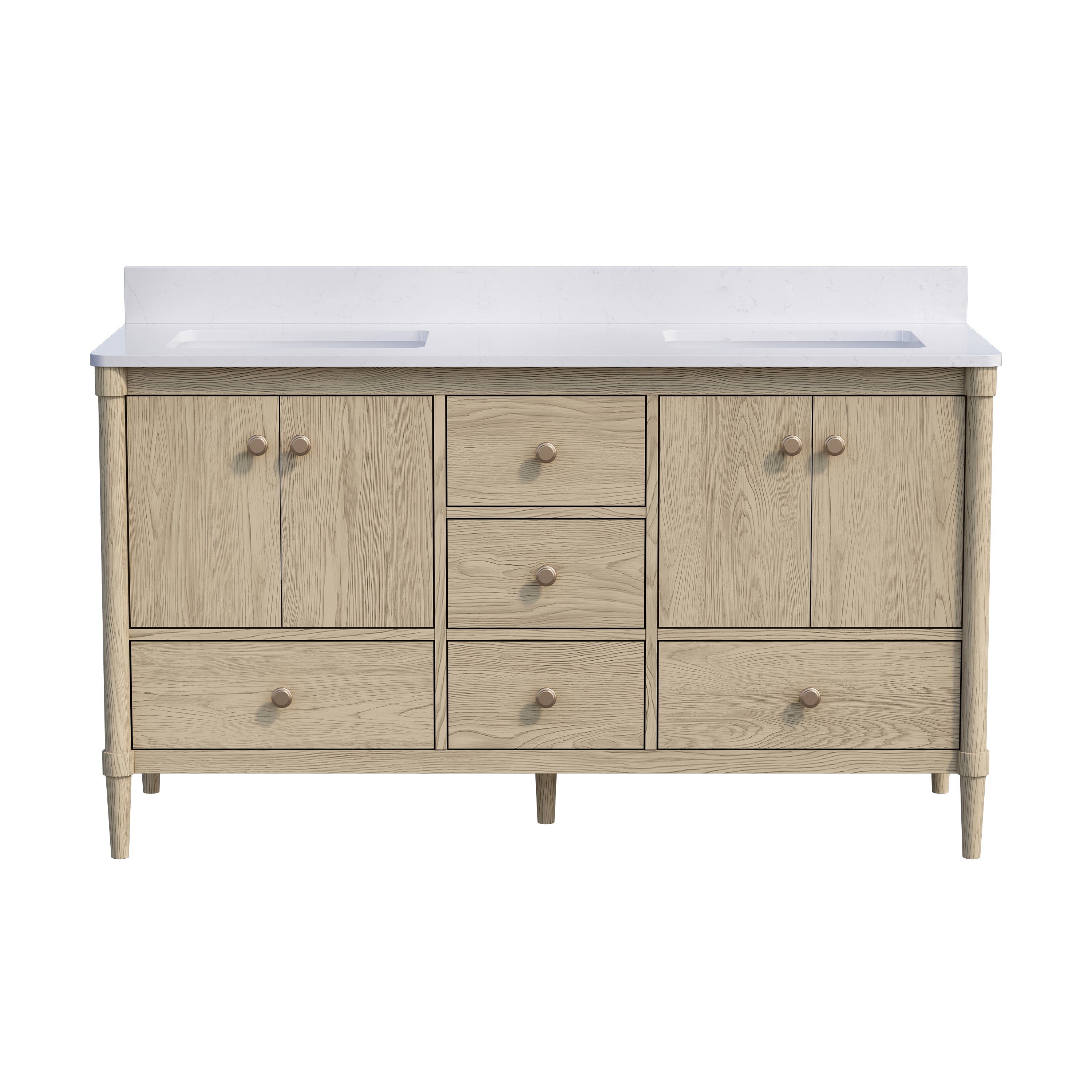
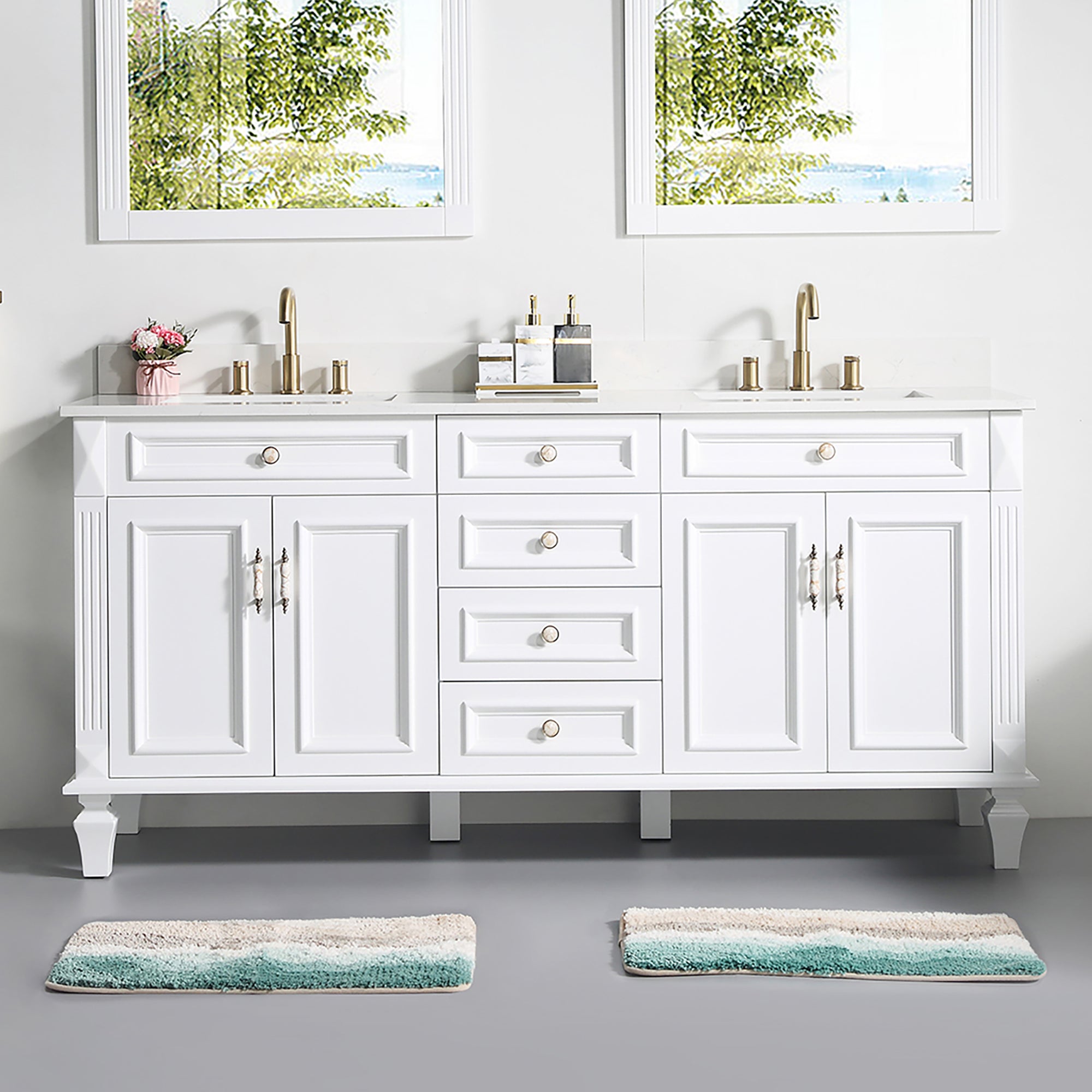
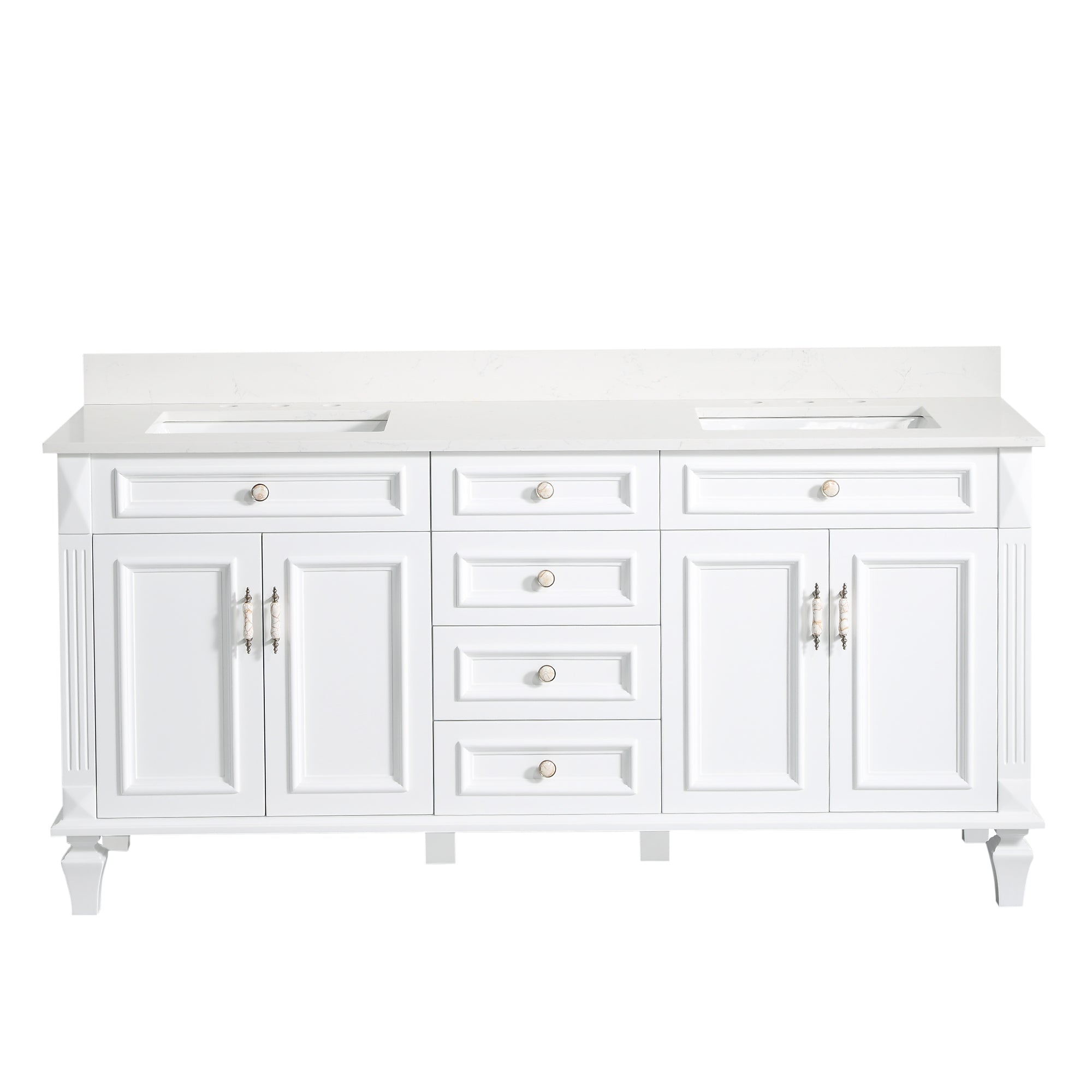
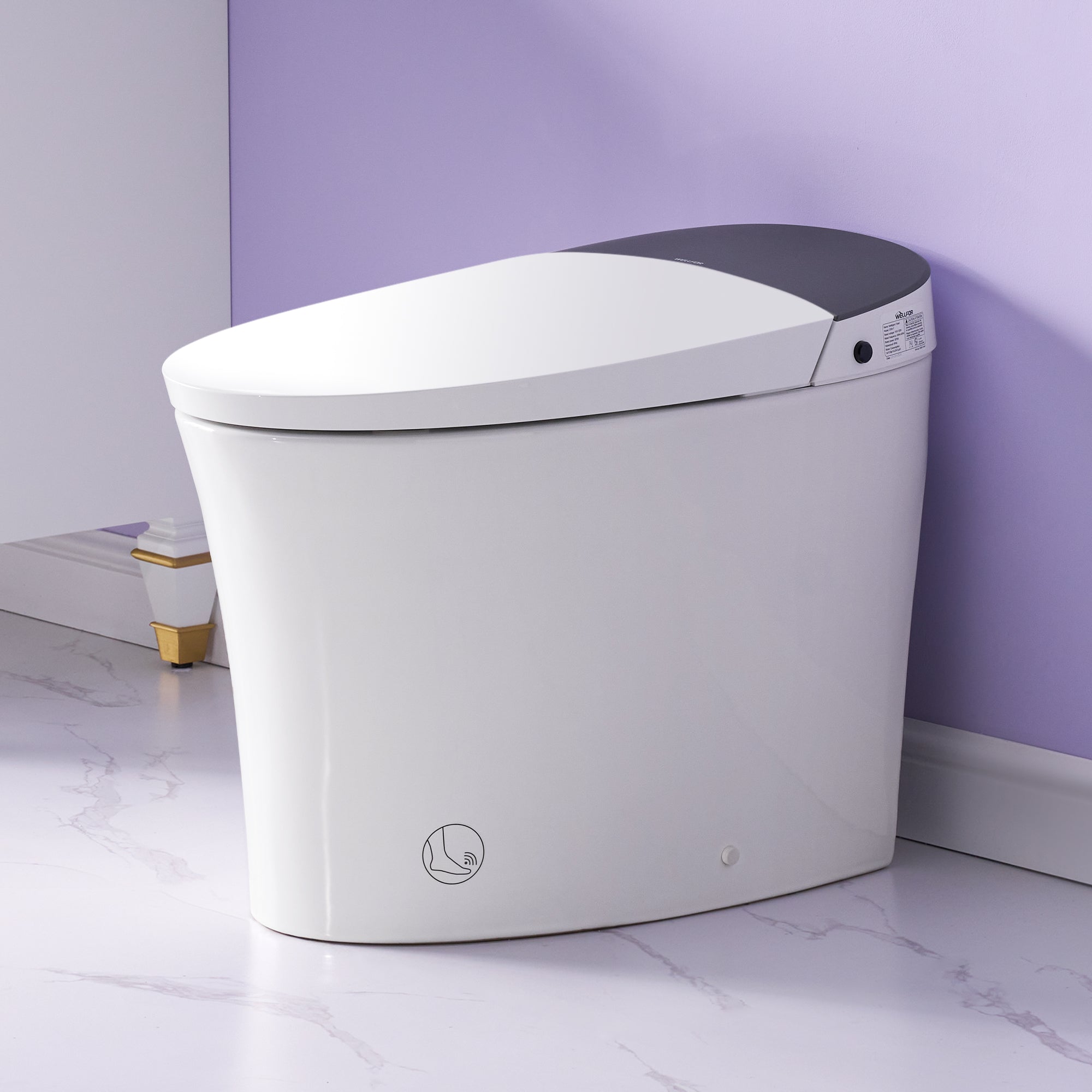
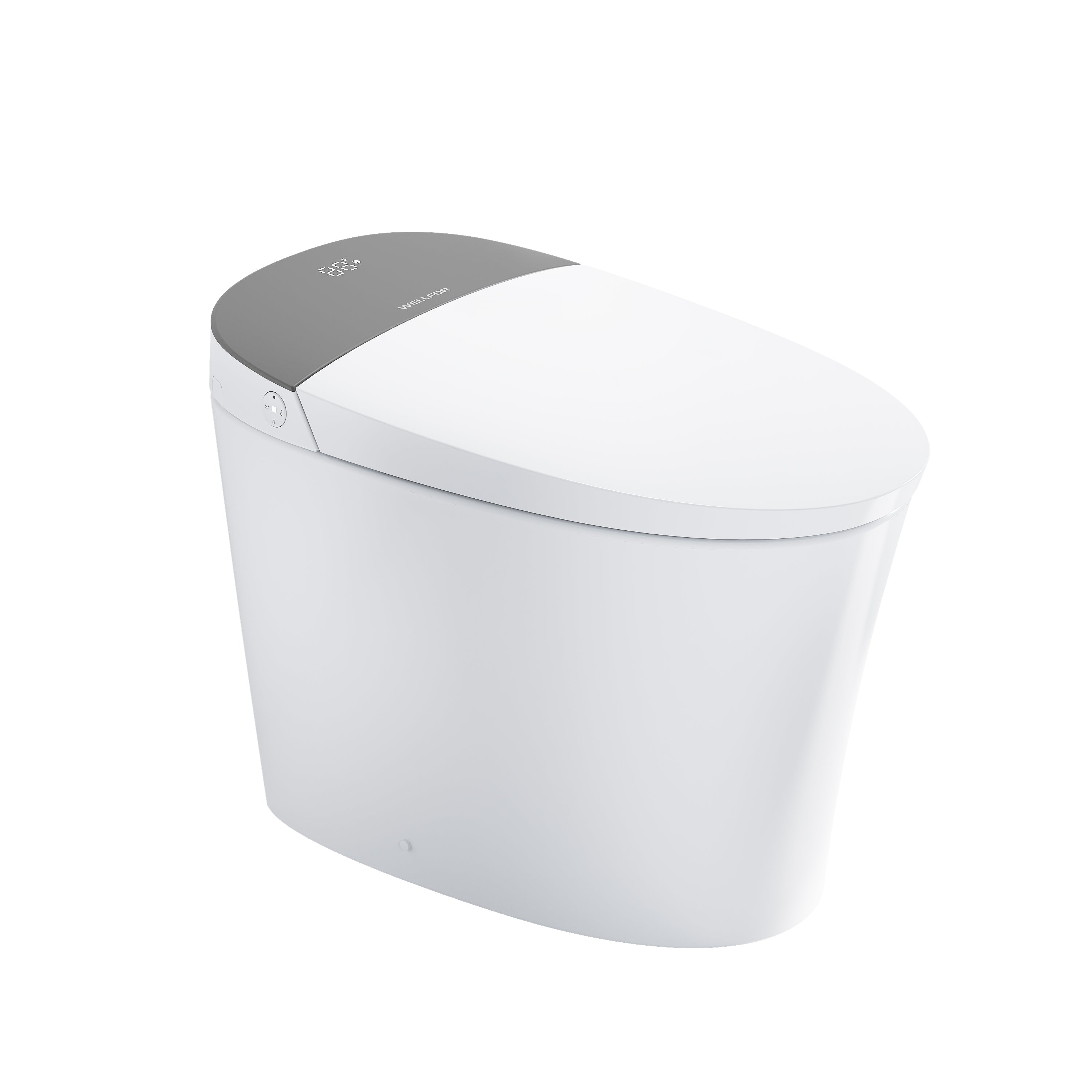
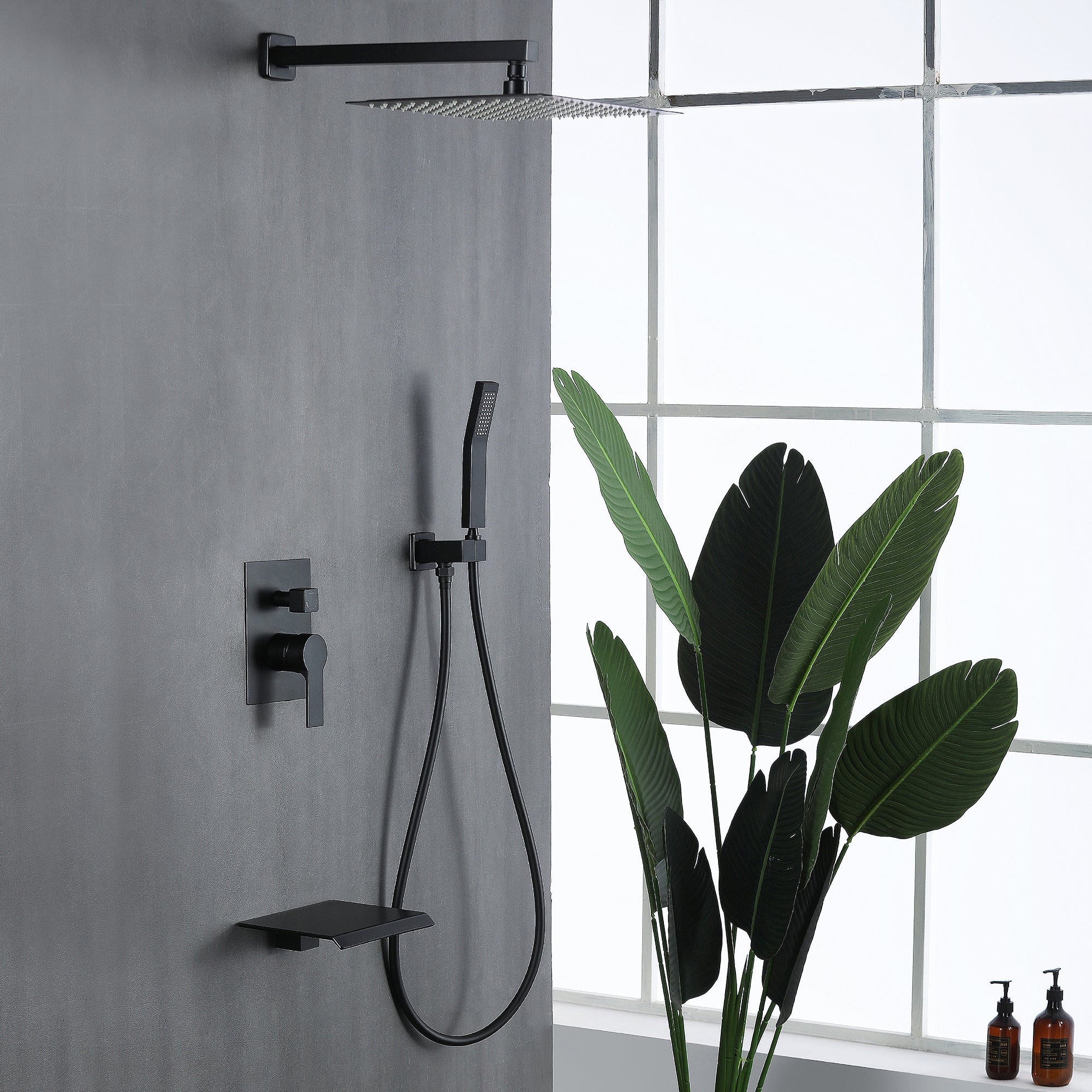
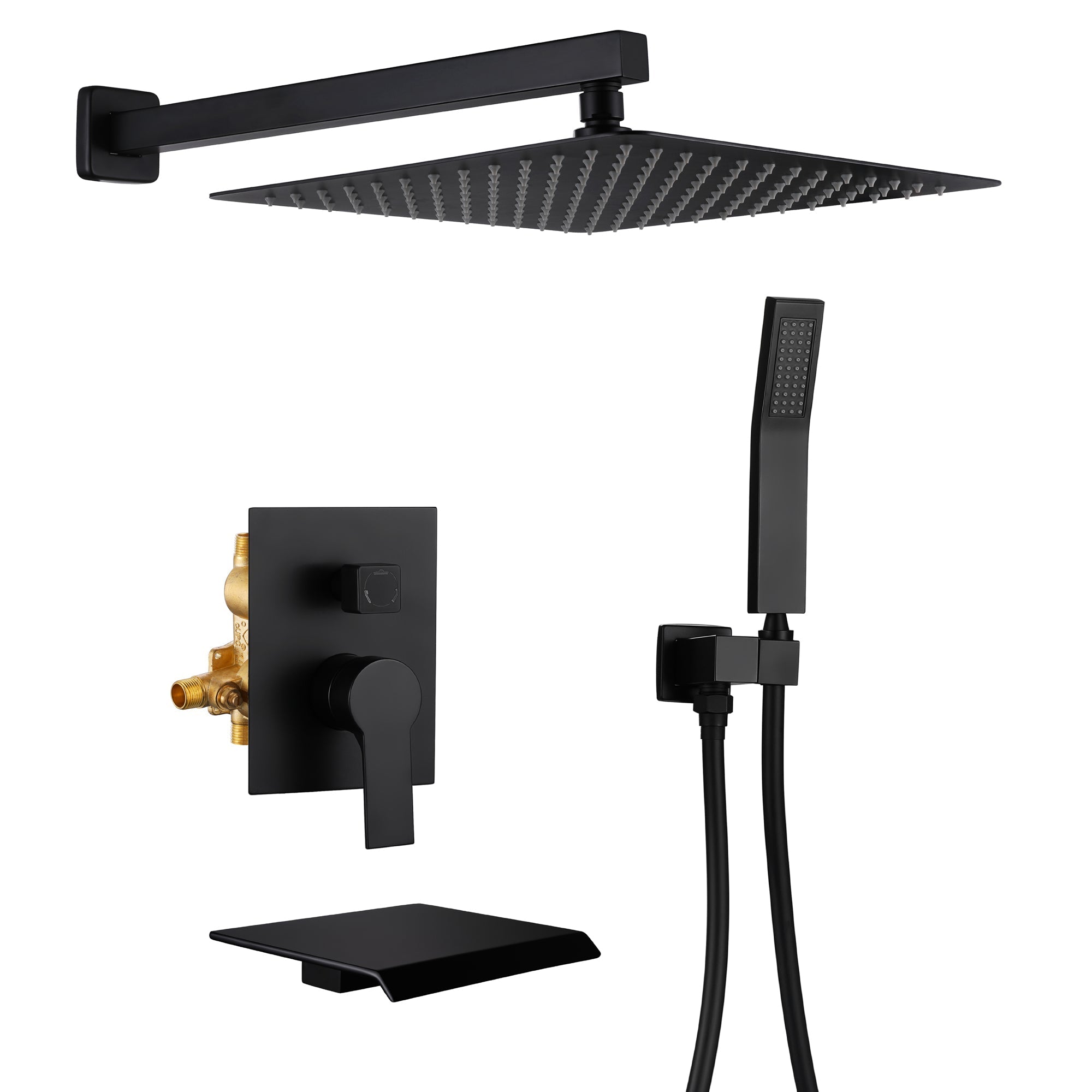
Leave a comment
This site is protected by hCaptcha and the hCaptcha Privacy Policy and Terms of Service apply.